Last updated on April 18, 2024

Daze | Illustration by Matthew D. Wilson
The Mercadian Masques block sparks tons of feelings in players who were around back then. A lot of people remember it as one of the worst Standard blocks in Magic history. But there’s also a lot of fond memories. The block had some really interesting ideas in both lore and mechanics, even if most of them didn’t land exactly well.
I learned how to play Magic several years after the release of Mercadian Masques, but I was taught by people who mostly used cards from that time, so it has a huge nostalgic value for me.
But we can’t cover a whole block today, so let's focus on what’s considered Masques block’s most powerful set: Nemesis.
Nemesis Basic Information
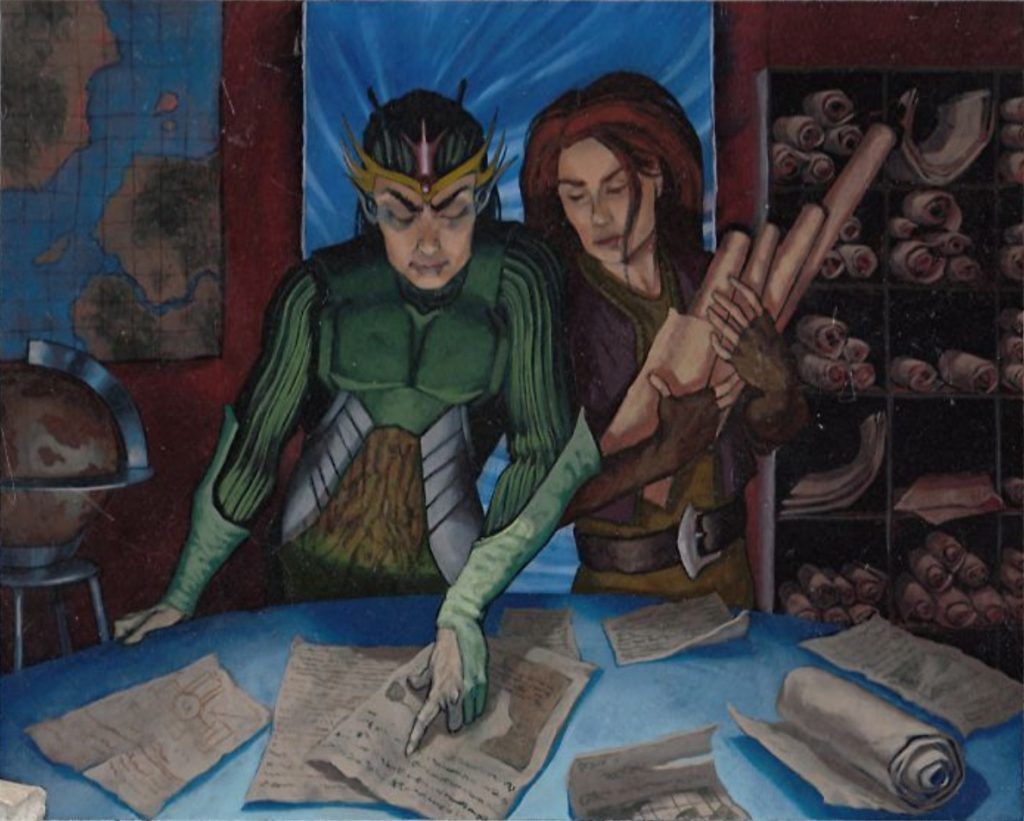
Accumulated Knowledge | Illustration by Randy Gallegos
Set Details
| Set Symbol |  |
| Set Code | NEM |
| Hashtag | N/A |
| Number of Cards | 143 |
| Rarities | 55 common, 44 uncommon, 44 rare |
| Mechanics | Spellshapers, alternative costs, rebel and mercenary typal |
Important Dates
| Event | Date |
|---|---|
| Set Release | February 14, 2000 |
| Available on Draftsim's Draft simulator | No |
About the Set: The Story

Belbe's Percher | Illustration by Edward P. Beard, Jr.
The storyline for Nemesis takes place at the same time as the story for Mercadian Masques. Both pick up at the end of Exodus.
The Weatherlight and its crew fled the plane of Rath, but not without casualties: the vampire Crovax and the wizard Ertai were both left stranded. Ertai had been captured by Greven on his Predator flagship, while Crovax was captured and enhanced by the Phyrexians. Crovax was compleated and returned to Rath; he was there to replace Volrath as evincar of the plane since Volrath had disappeared.
Crovax’s rule was challenged by Greven. Yawgmoth sent in Belbe, an agent made from the corpse of Eladamri’s daughter, to oversee the fight and decide who would be named evincar.
Crovax quickly overpowered Greven. But there was another challenger to his rule: Ertai. The young wizard constantly seemed to be behind the vampire terms of power, even though he was now using the powers of a rejuvenation machine to try and keep himself as powerful as possible.
As a way to demonstrate his power, Crovax unleashes an attack on Eladamri’s rebel forces. The attack ultimately fails but Crovax kills as many rebels as possible as an ultimatum to those who would oppose Phyrexian rule.
Ertai and Belbe slowly fall in love. Belbe begins to start question her Phyrexian overlords. She then uses her influence to slow the production of flowstone, which would avoid the Rathi overlay of Dominaria.
A rebel attack on the Stronghold as well as the decreasing flowstone production leads Crovax to suspicion. He forces Belbe to name him Evincar undisputedly then captures Ertai. Soon after, Volrath reappears, claiming his place as Evincar. He fights Crovax, but the vampire, with the intervention of Ertai’s magic, ends up overpowering Volrath. Ertai hopes that his help Will lead Crovax to look upon him more favorably.
In secret, Belbe helps the rebel leaders Eladamri, Lin Sivvi, and Takara, escape their imprisonment in the Stronghold. Eladamri, however, is completely disgusted that a phyrexian agent is wearing his daughter’s body. Before he crosses the planar portal out of Rath, he throws a powerful poison at her, killing her almost instantly.
The planar portal is destroyed as the rebels escaped, taking with them the only chance for Ertai to escape Rath. The wizard is forced to tear the defeated Volrath apart, and has no choice but to become Crovax’s lapdog. His continued use of the rejuvenation chamber also causes Ertai to change. His skin grays, his body morphs, and his mind slowly corrupts.
The normal production of flowstone was resumed, and Rath prepared for the overlay and the invasion of Dominaria.
Nemesis Mechanics
Spellshapers
Spellshaper is a creature type used for creatures that have the ability to metaphorically turn one of the cards in your hand into a specific spell. Spellshapers essentially let you pay a mana cost, tap, and discard a card from your hand to activate an ability that’s usually related to an existing card.
Some of the most notable spellshapers include Divining Witch, which is Demonic Consultation on a stick, and Stronghold Machinist and Stronghold Biologist which are Negate and Remove Soul respectively. Avenger en-Dal is another, but it actually didn’t correspond to any card yet.
Alternative Costs
This set features two cycles of spells with alternate casting costs. These mirrored a cycle from Mercadian Masques. The most notable of these cards by far is Daze, which lets you counter a spell unless its controller pays 1; what makes Daze so good is that you can return an island to your hand instead of paying its mana cost, which lets you play it very unexpectedly even when you’re tapped out.
Rebels and Mercenaries
This set features two mirrored creature types which are rebels and mercenaries. Both types had a cycle of creatures that could fetch creatures of their same type in the library. Mercenaries had Rathi Intimidator, Rathi Fiend, and Rathi Assassin, all of which let you fetch a creature with lesser mana value and put it into play.
On the other hand, rebels had Defiant Falcon, Defiant Vanguard, and Lin Sivvi, Defiant Hero. The first two let you fetch for a rebel with mana value that’s equal, less, or one more than the creature’s mana value. Lin Sivvi, Defiant Hero lets you pay X and fetch a rebel with mana value X or less then put it onto the battlefield.
This difference, while interesting thematically, made rebels objectively better than mercenaries. Mercenaries could only fetch for weaker creatures which made them underwhelming. Rebels gradually made your side of the field grow stronger each time you used their fetch ability.
Fading
Nemesis is the set that introduced the controversial fading mechanic to MTG. Permanents with fading enter the battlefield with a certain number of fade counters. At the beginning of your upkeep, you remove a fade counter from that permanent; if you can’t remove any more counters from the creature, you sacrifice it.
The ability was unintuitive to most players. It hasn’t been printed outside of Nemesis, but the vanishing ability is basically an improved version of it.
Blastoderm was one of the most popular cards with fading during the Nemesis Standard cycle. Nowadays some fading cards see play in EDH decks. Some of them are Tangle Wire, Parallax Wave, and Parallax Tide. These cards work well in proliferate-heavy decks since you can simply keep adding fade counters to them.
Nemesis Card Gallery
White
Blue
Black
Red
Green
Colorless
Land
Notable Cards
Nemesis, not unlike the rest of the Mercadian Masques block, isn’t exactly known for its powerful cards. That doesn’t mean there aren’t any powerful or useful cards in there though.
Kor Haven
Kor Haven is a land that’s held up in time; it’s still a good way to survive one-hit-kill creatures like Blightsteel Colossus.
Proliferate Payoffs
Tangle Wire, Parallax Tide, and Parallax Wave can all prove surprisingly useful in proliferate decks because you can keep placing fade counters on them.
Typal Cards
Moggcatcher and Skyshroud Poacher are both decent inclusions in their corresponding typal decks.
Daze
I’ve already mentioned it but Daze makes for a pretty decent surprise counter if you’re completely tapped out.
Available Products
Booster Packs
Nemesis was sold in the classic 15-card booster packs we all know and love. There are still a handful floating around out there, and they’re not too expensive, either.
Theme Decks
There were four preconstructed theme decks in Nemesis.
Breakdown was a Simic deck based around large creatures with fading. It aimed at striking hard and fast before your creatures left the battlefield for good.
Eruption was a Boros aggro deck. It was built around the laccolith cycle and flowstone creatures that could get stronger.
Mercenaries was a mono-black deck based around the mercenary creature type. It had one copy of each of the mercenary tutor creatures, and the rest of the creatures were mercenaries from either Nemesis or Mercadian Masques.
Replicator was a Golgari deck based around playing several copies of the same creatures for a consistent strategy.
Fat Pack
The Nemesis fat pack included six booster packs, two foil cards (a basic land and a random common), a visual guide of the set, and the Nemesis novel.
Wrap Up
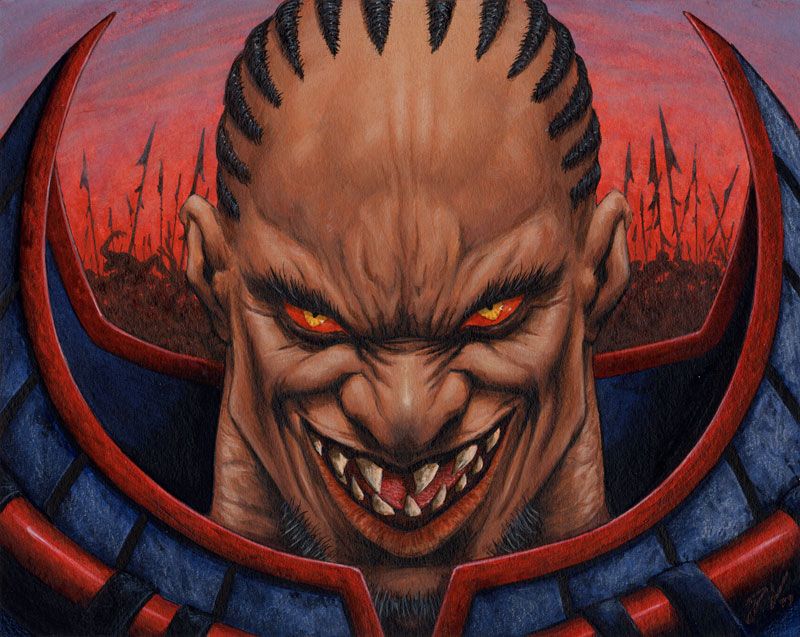
Massacre | Illustration by Pete Venters
That’s all for the classic Nemesis set! I absolutely understand why it’s such a disliked set and why the Mercadian Masques era isn’t remembered too fondly. However, I still have a soft spot for these janky cards that I learned to play with. When I was a kid I thought Skyshroud Sentinel had the coolest art I’d ever seen; and I wasn’t too wrong, honestly.
But enough about me. What do you think of Nemesis? Were you around to play it in Standard? Did you like it back then? What’s your favorite card from it? Leave a comment letting me know! And while you’re here, don’t forget to check out our Discord server! There you can find an amazing community of MTG fans to share your hobby with.
Before I leave, let me leave you with one of Magic’s old commercials featuring Nemesis’s one and only Rhox.
That’s all from me for now! Have a good one and I’ll see you next time.
Note: this post contains affiliate links. If you use these links to make a purchase, you’ll help Draftsim continue to provide awesome free articles and apps.
Follow Draftsim for awesome articles and set updates: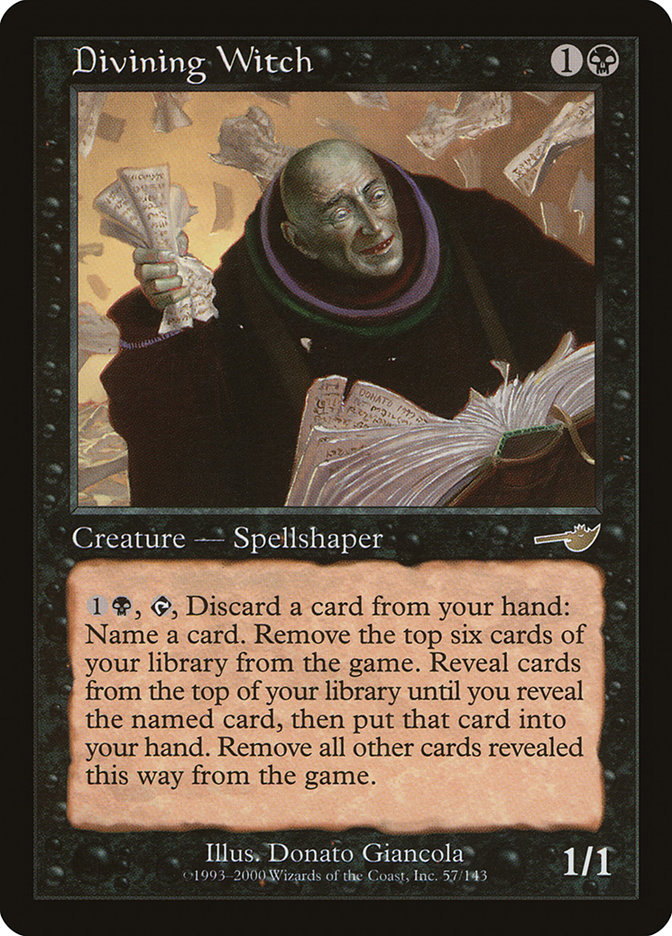
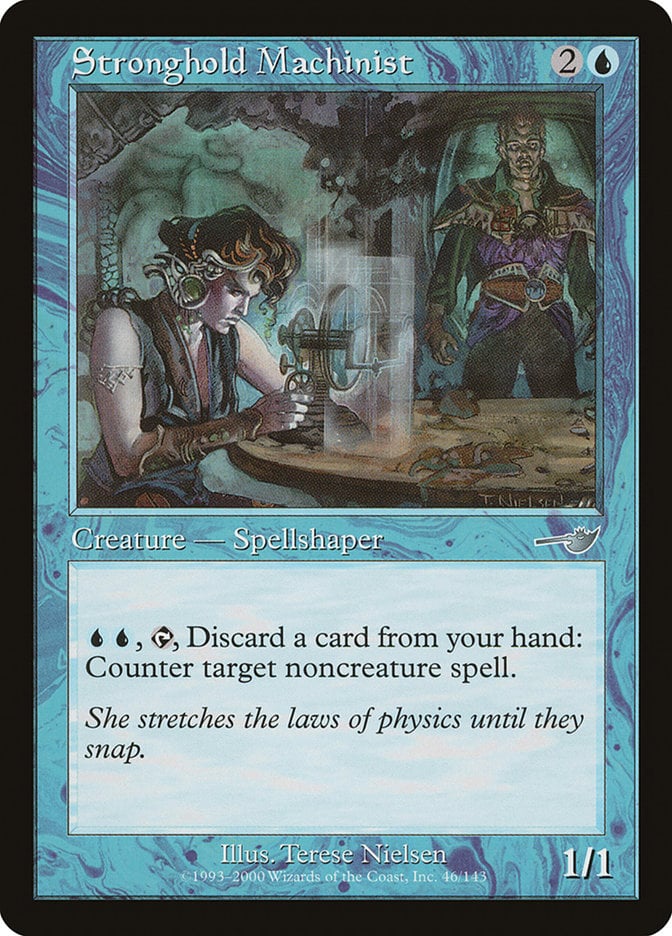
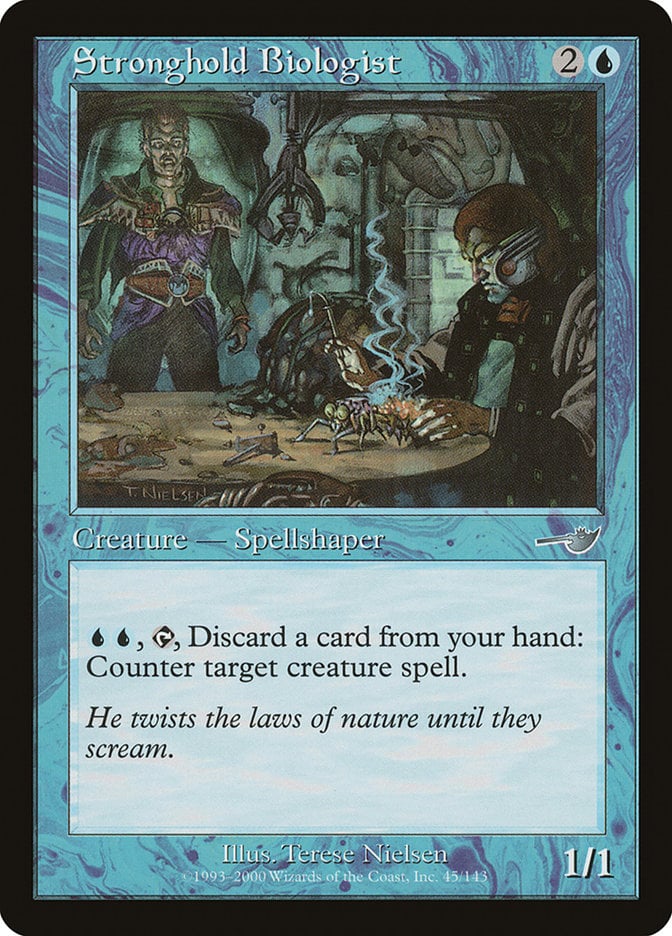

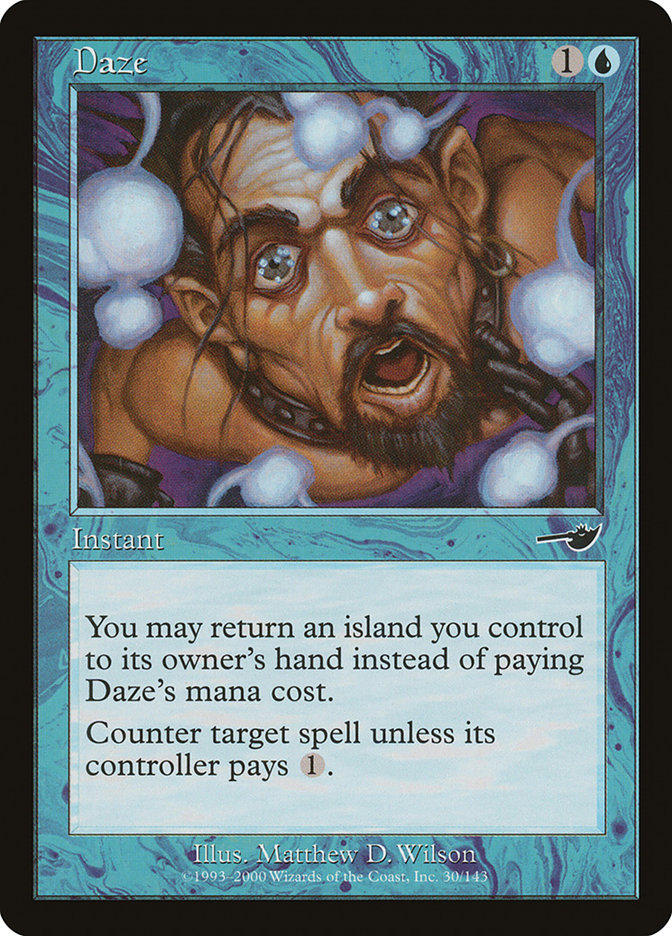
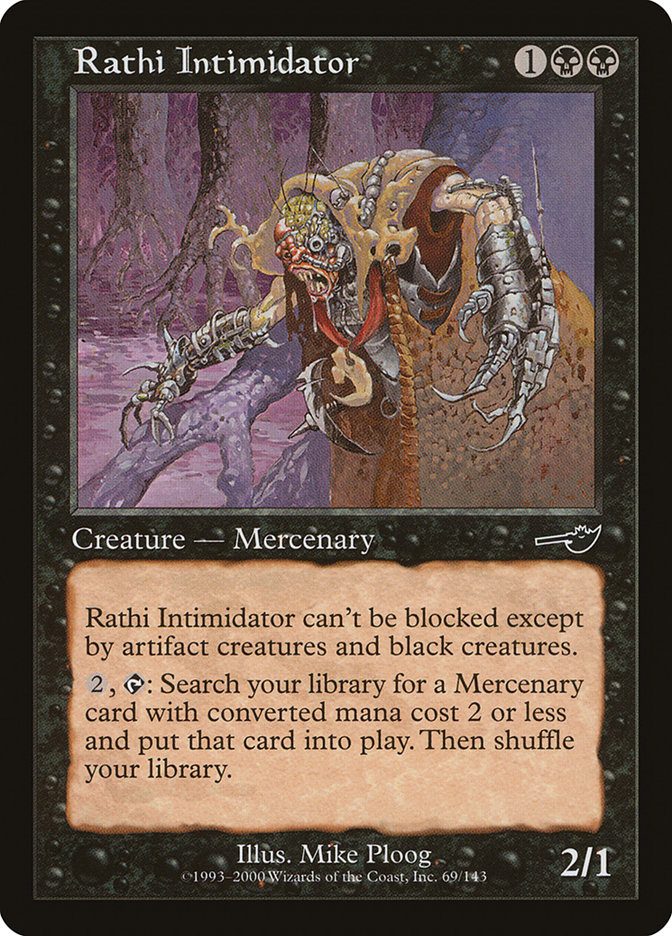

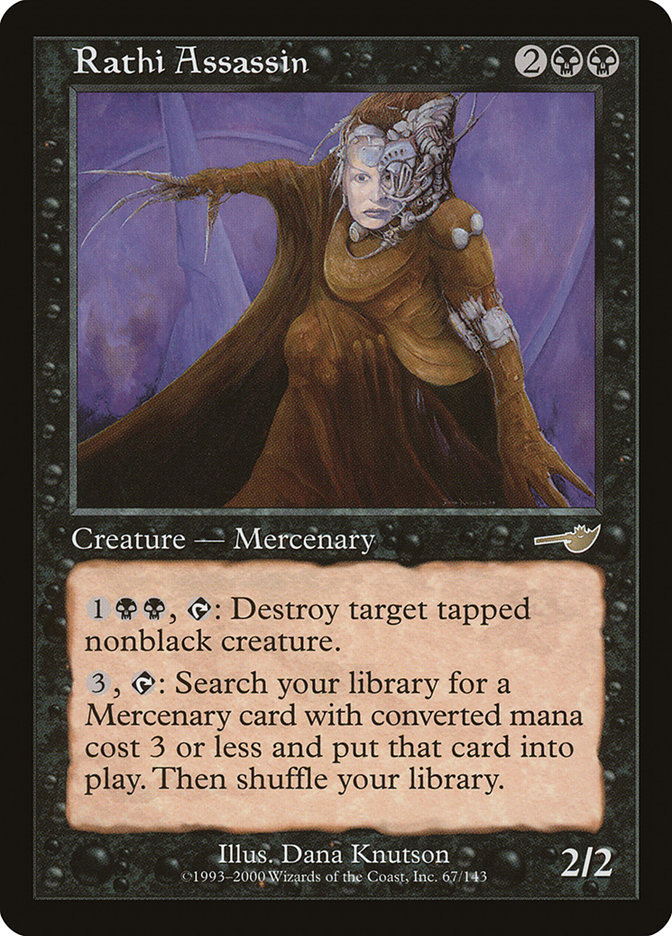
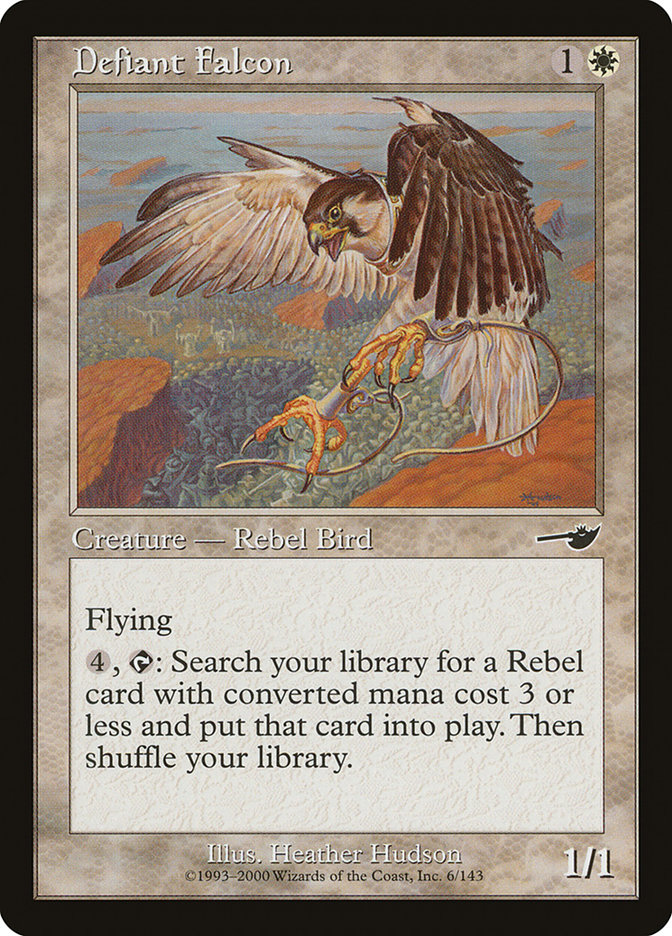
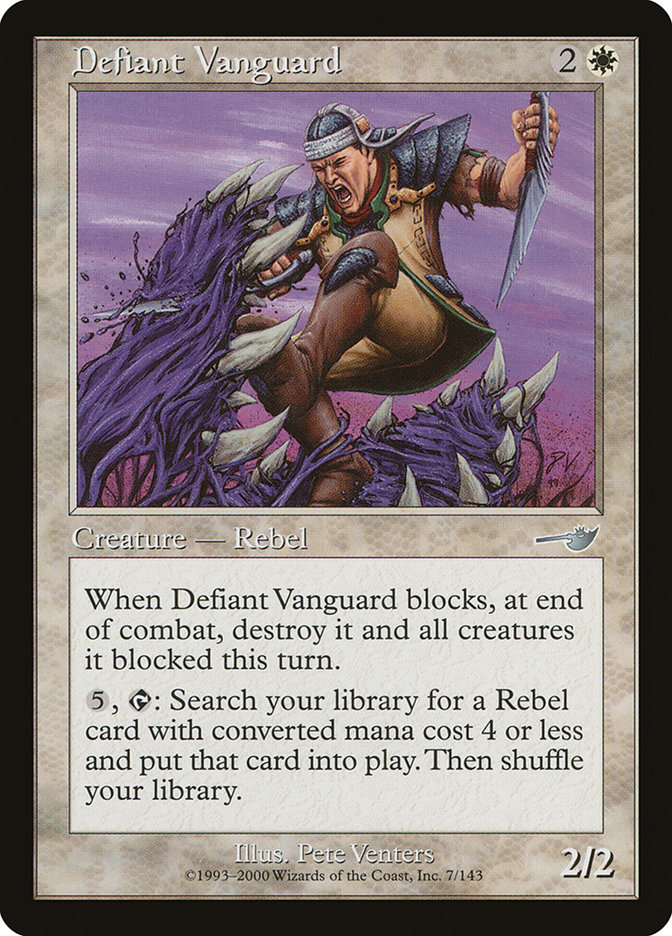
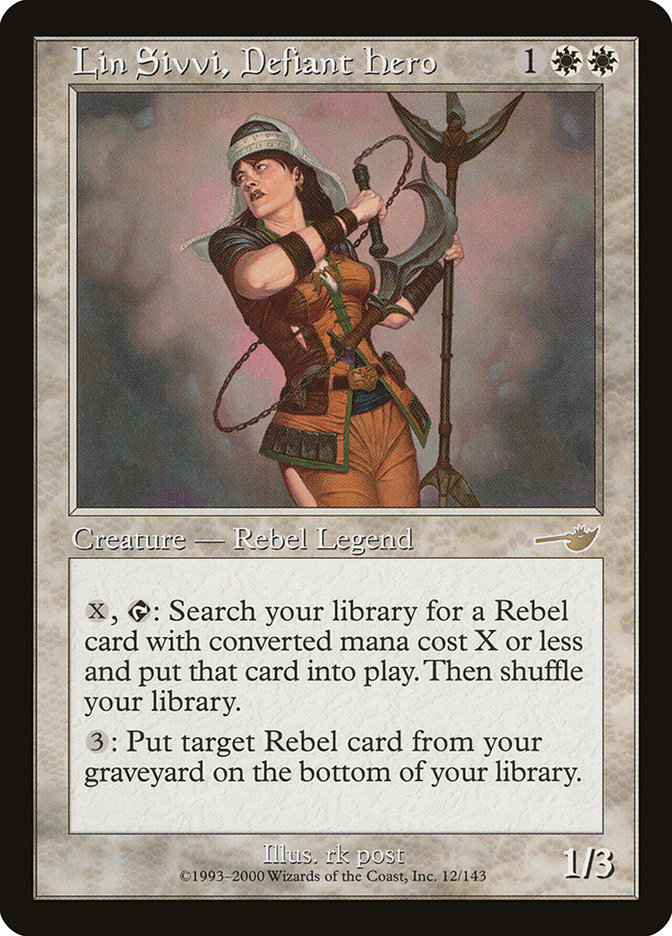


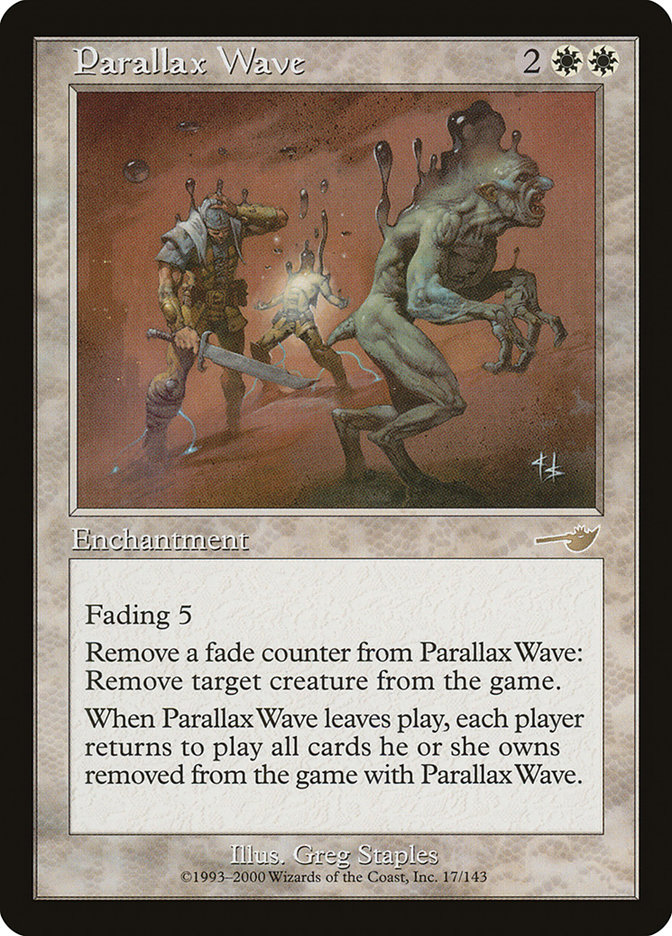
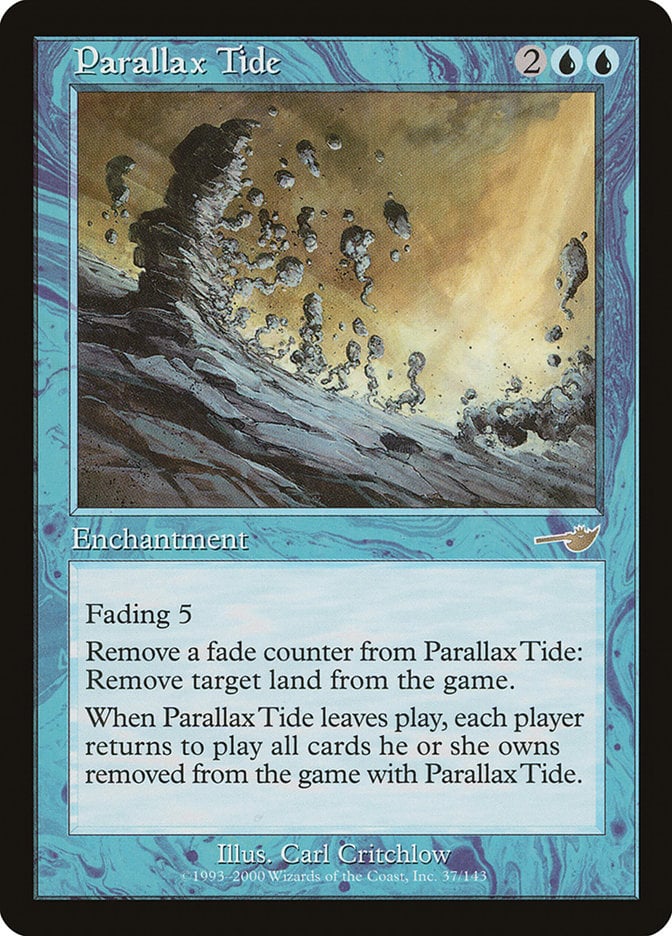
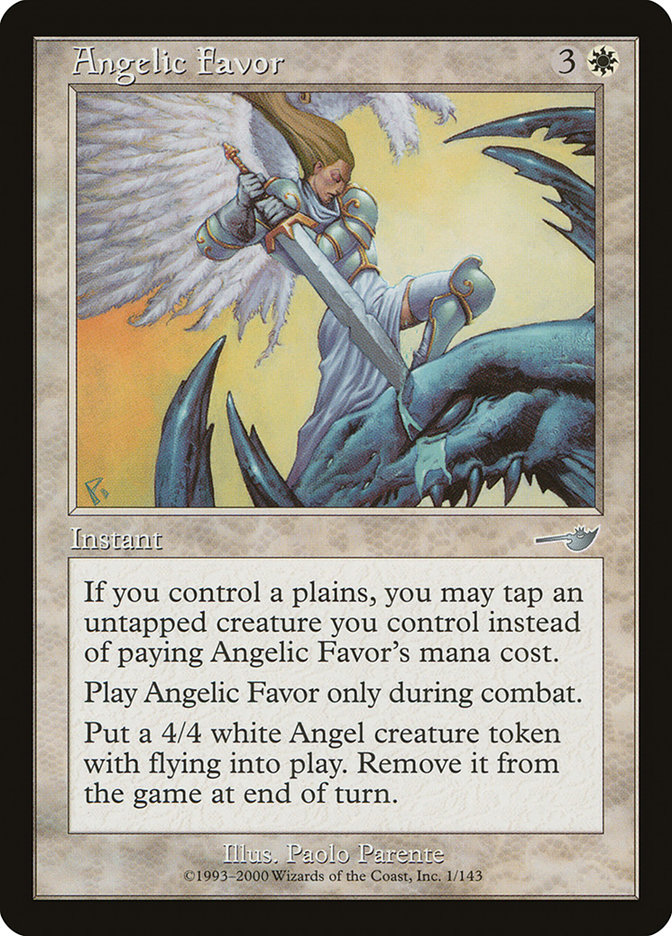

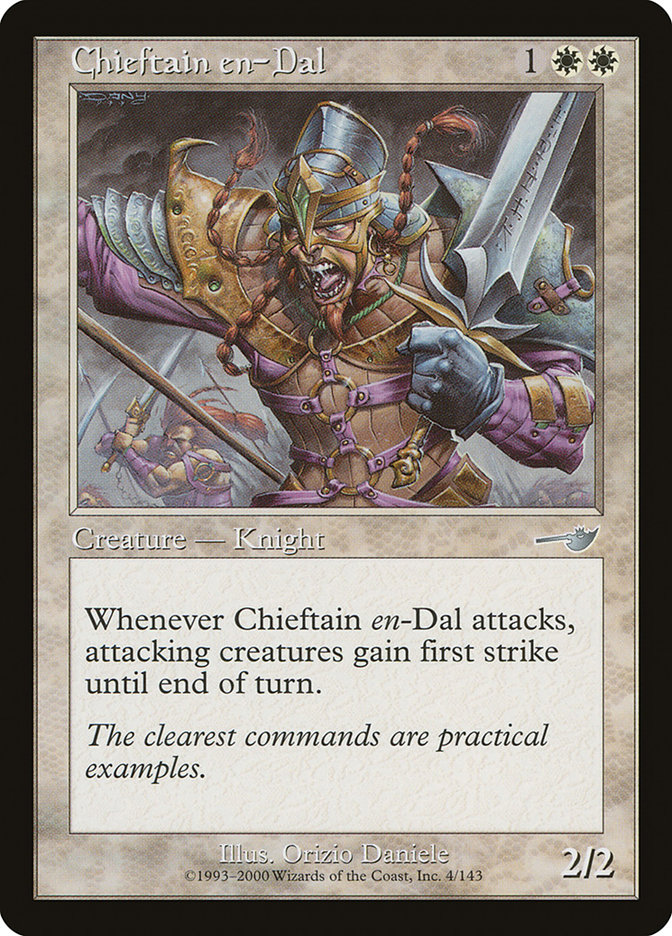
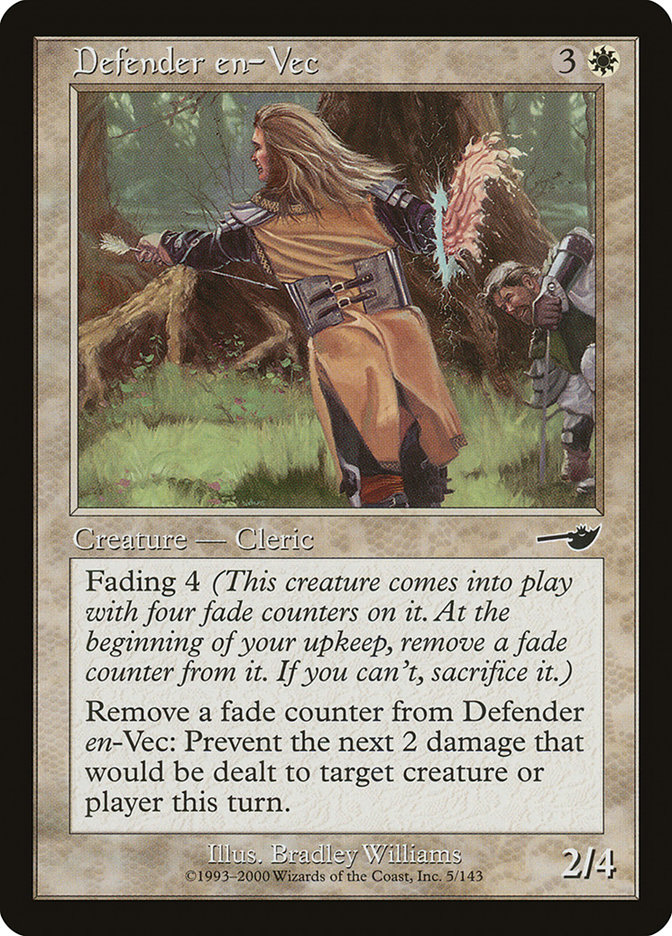
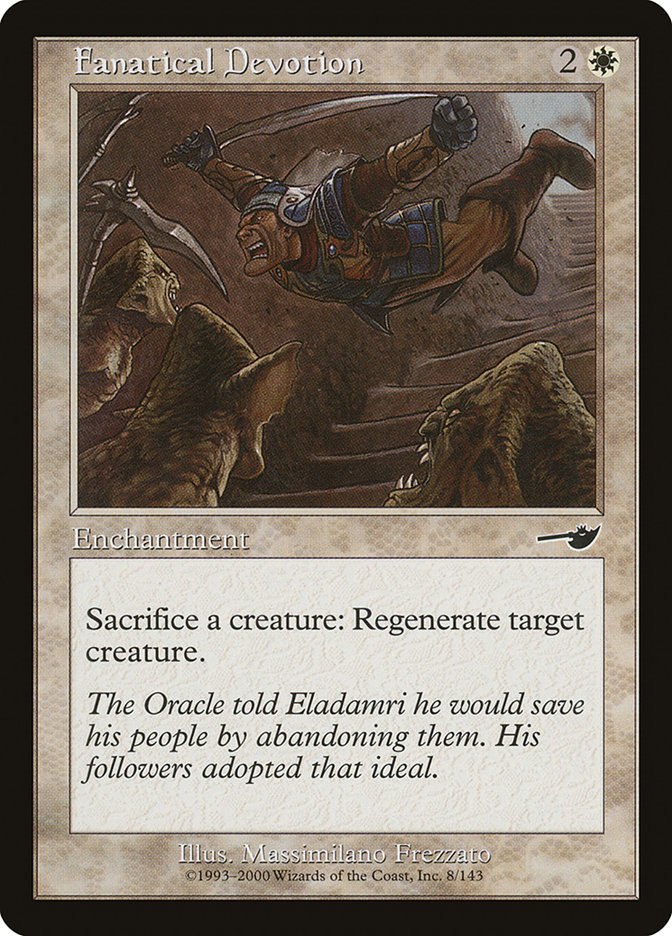
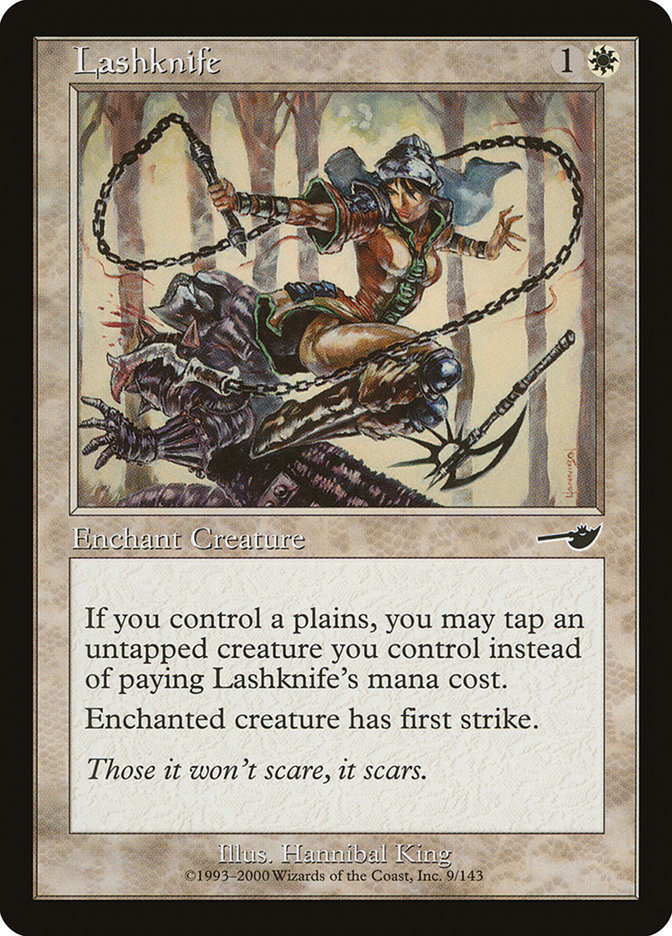
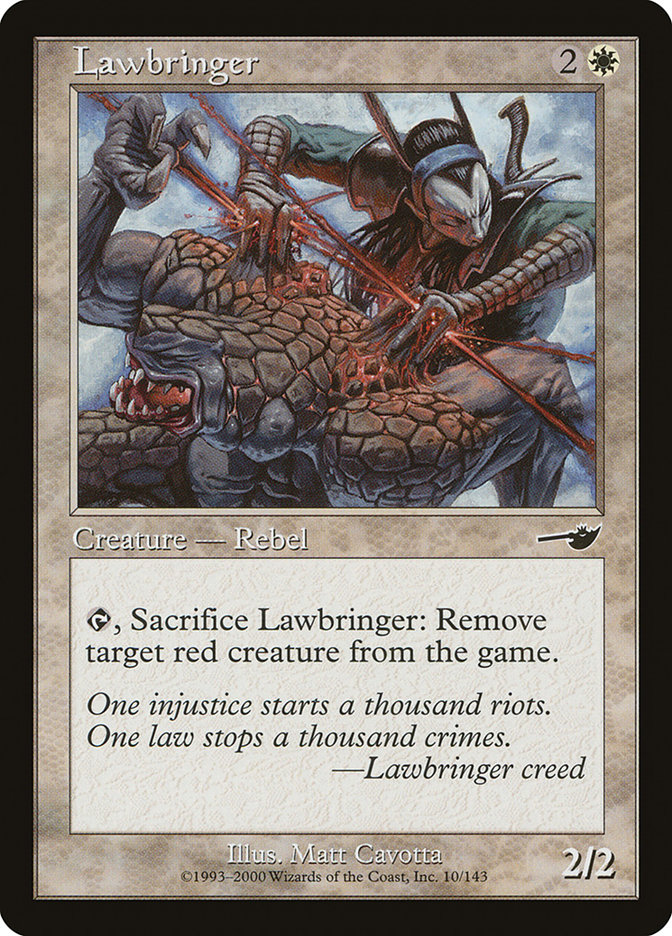

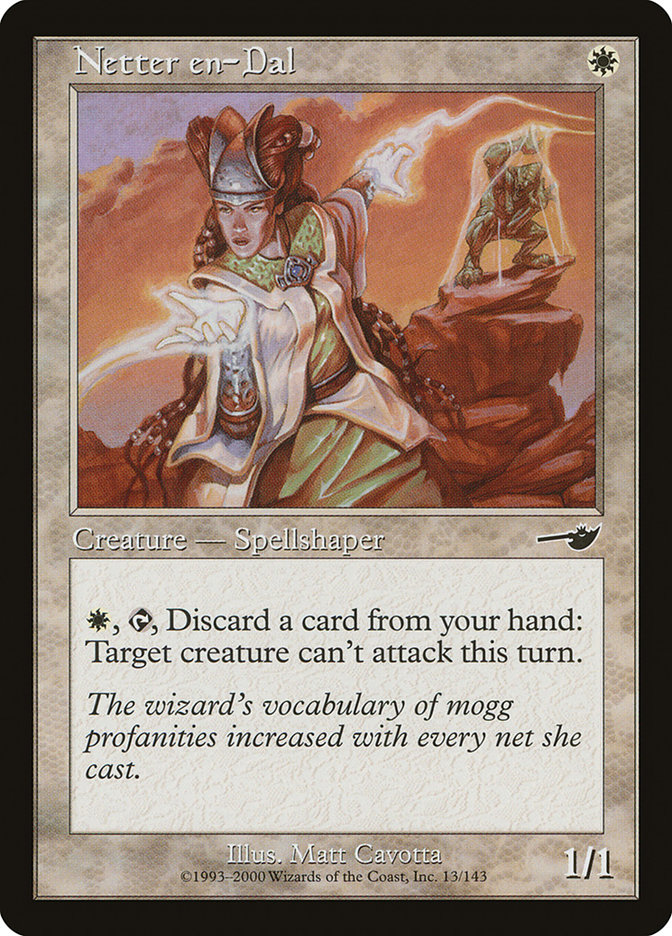
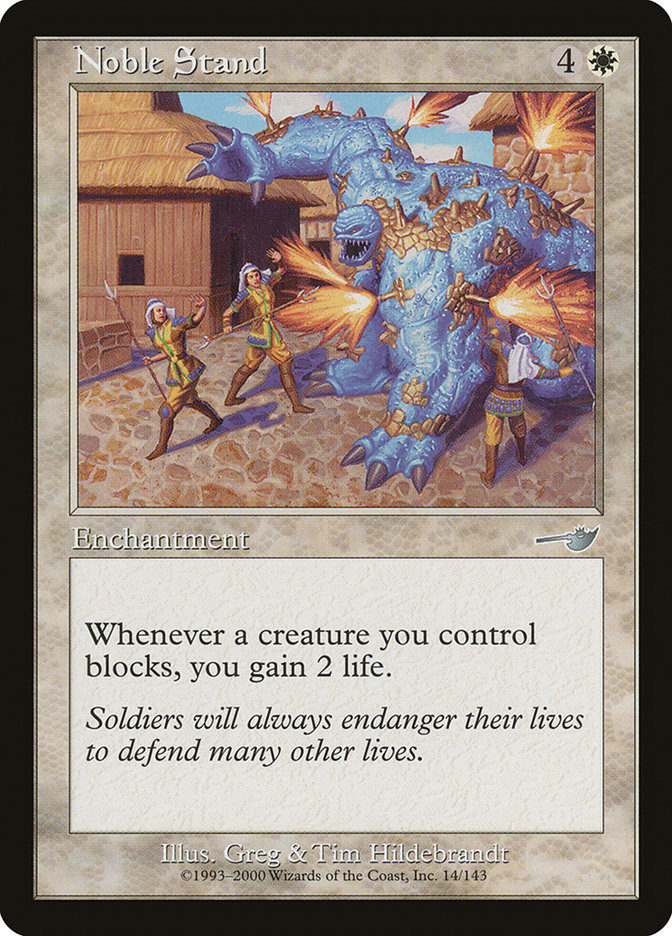
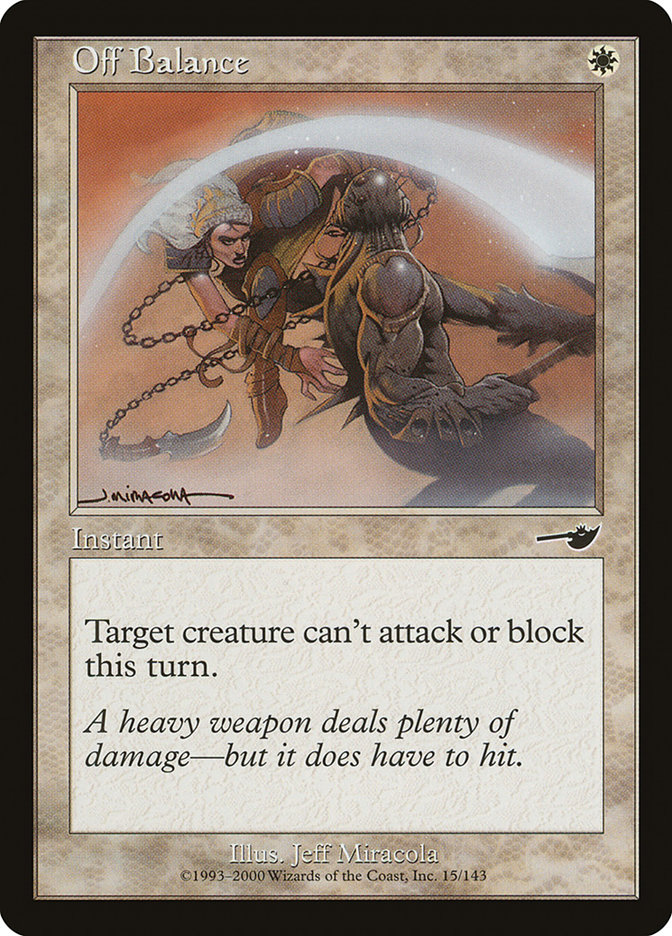
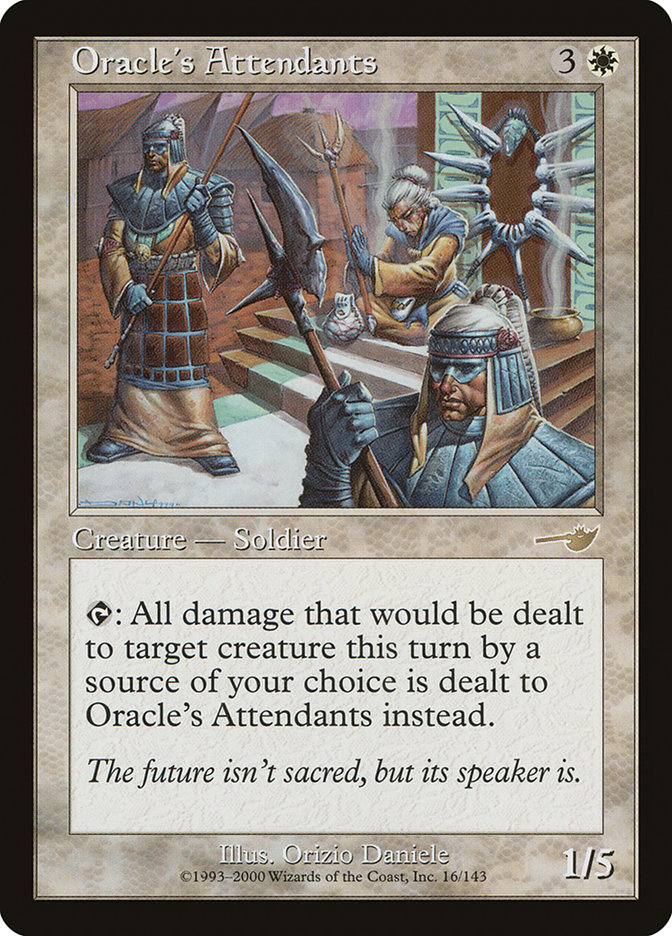
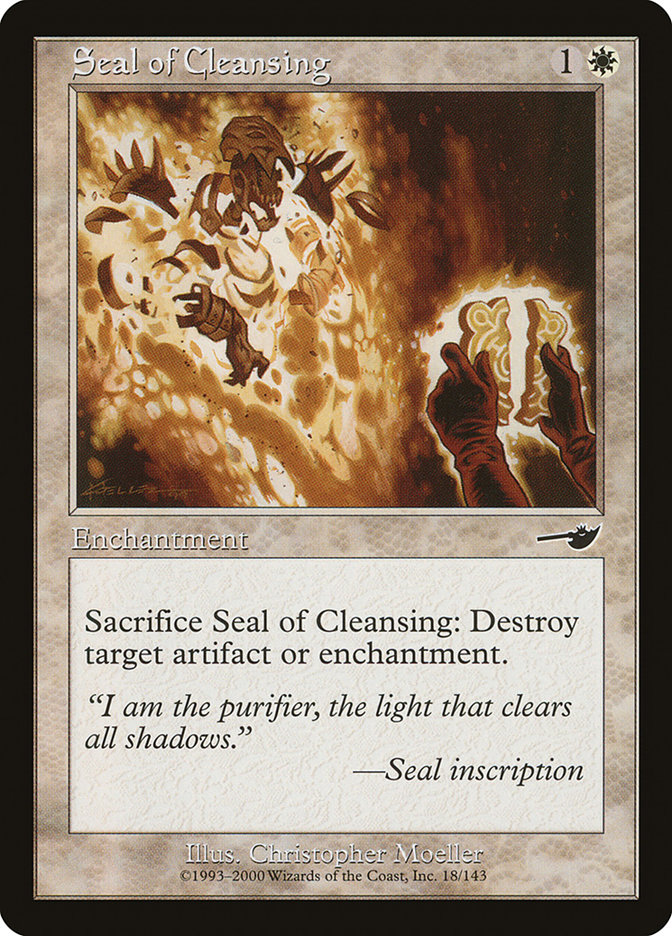
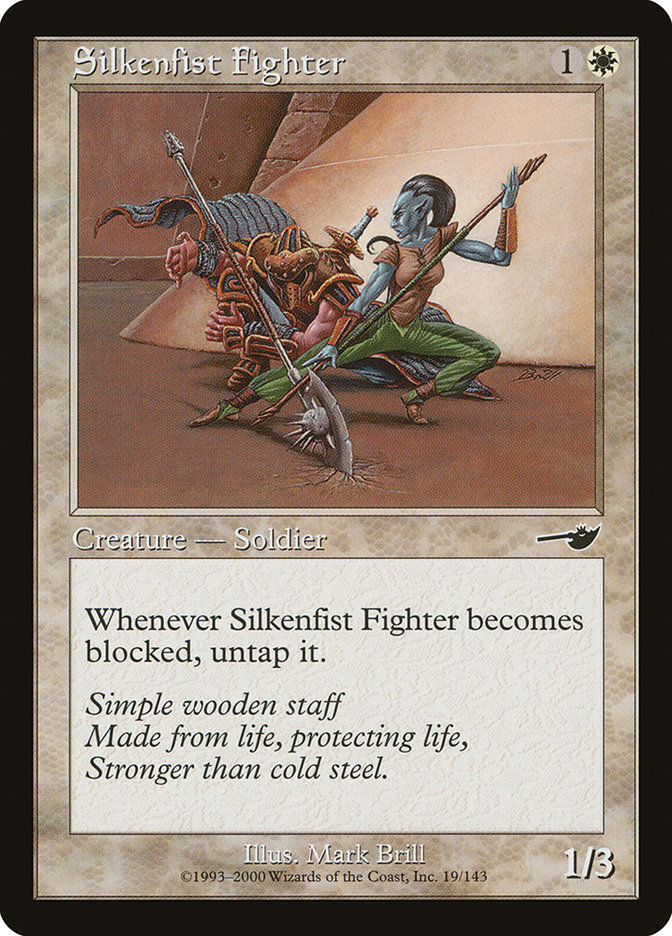

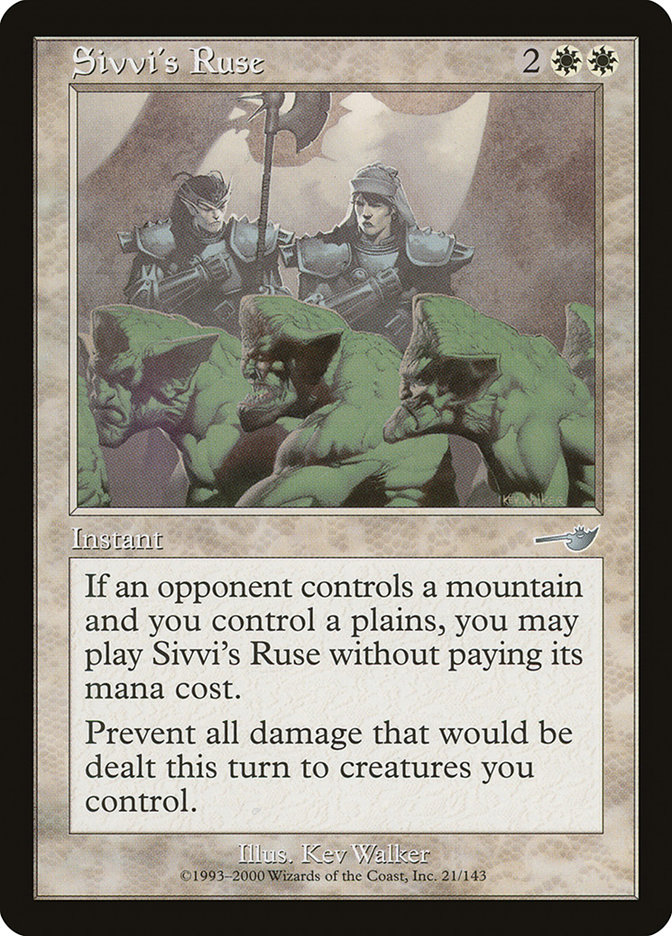

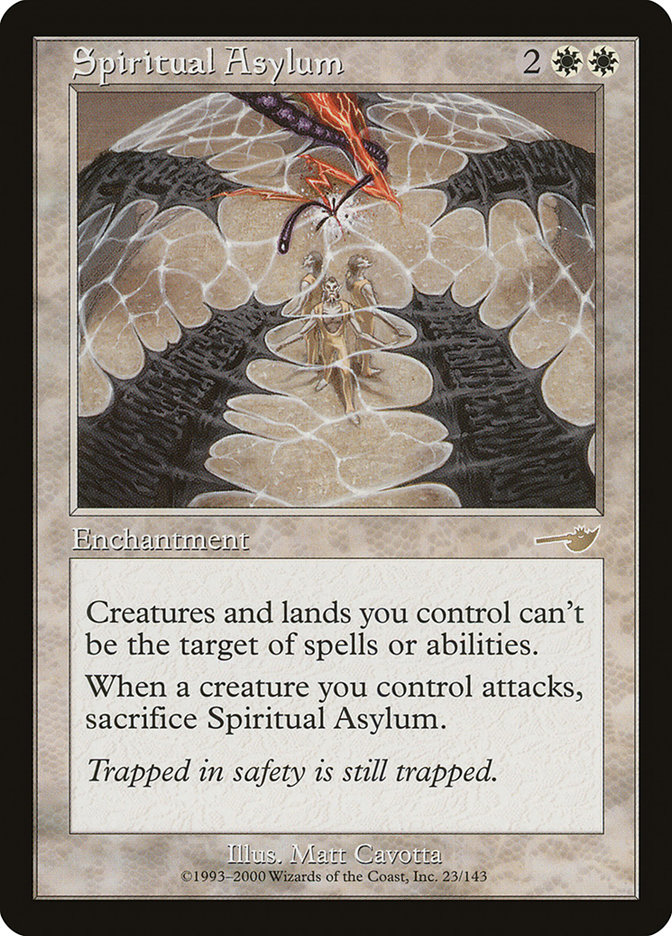
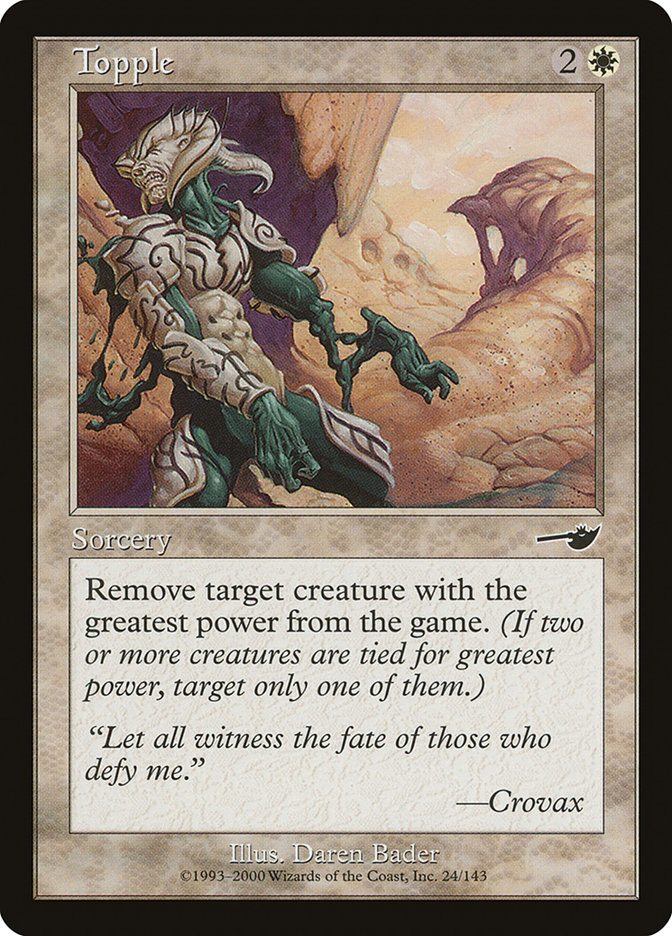
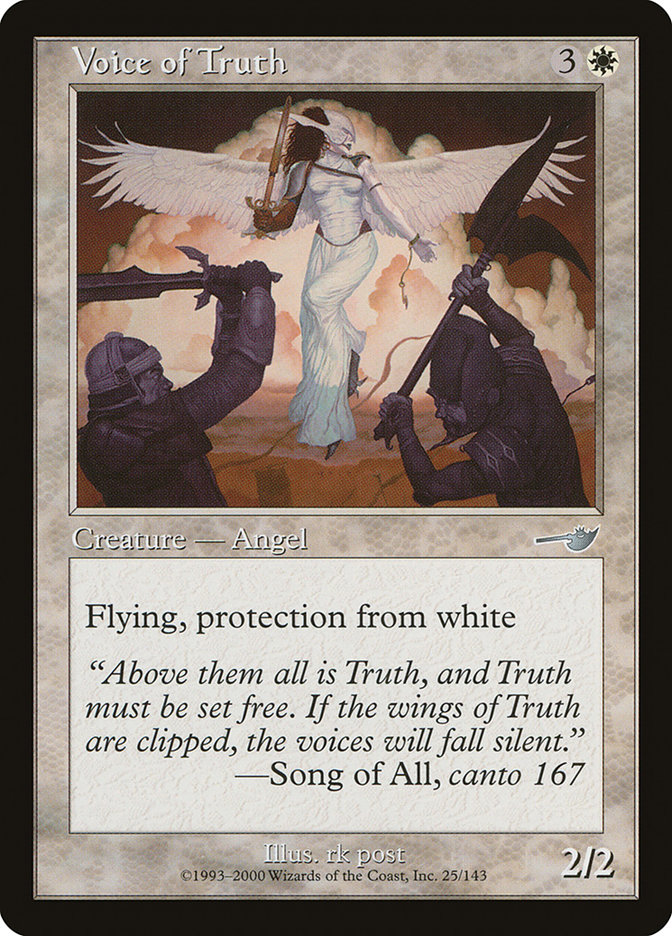


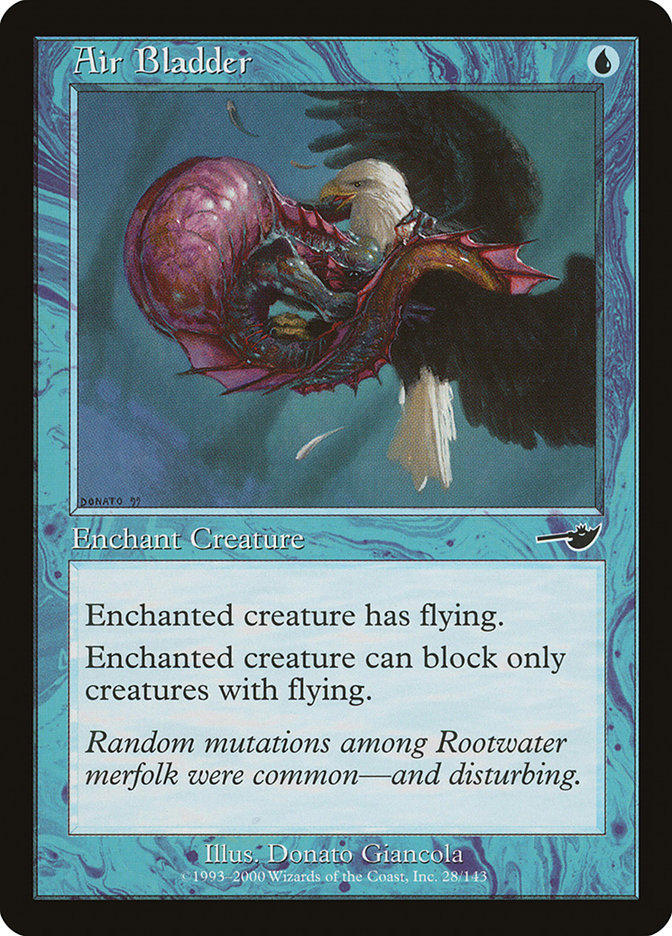
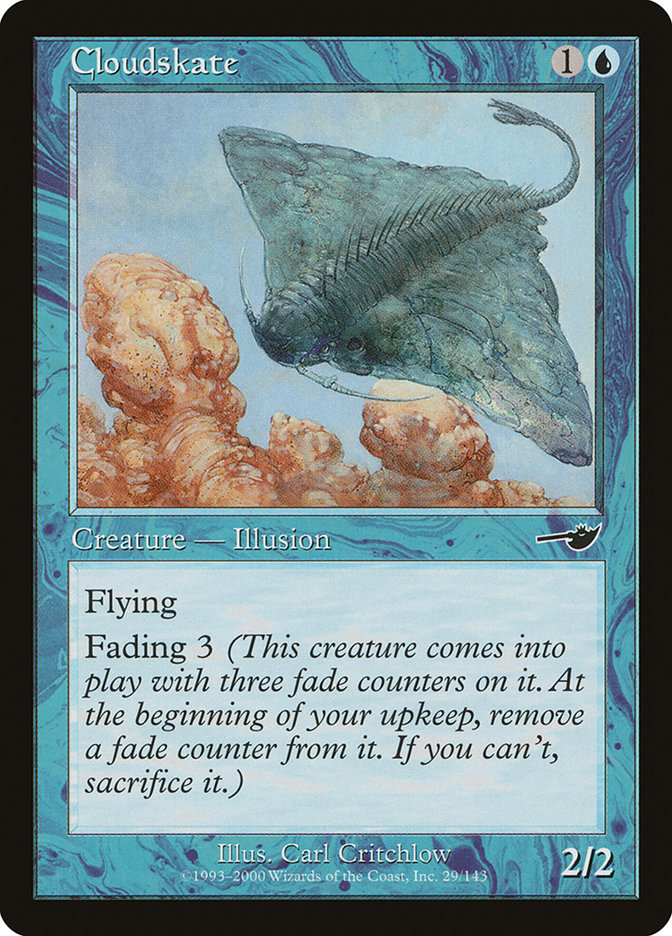

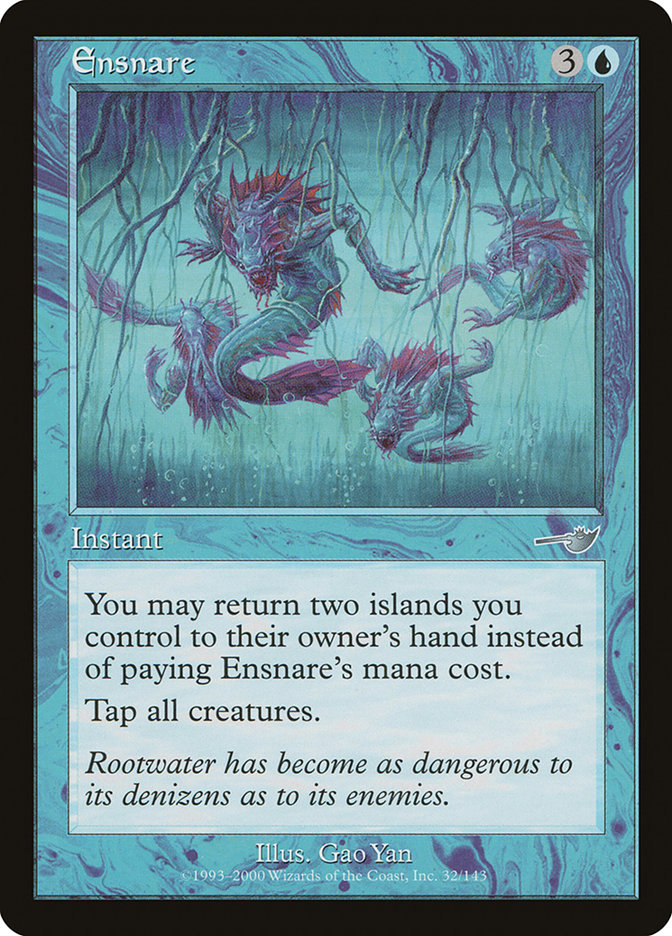
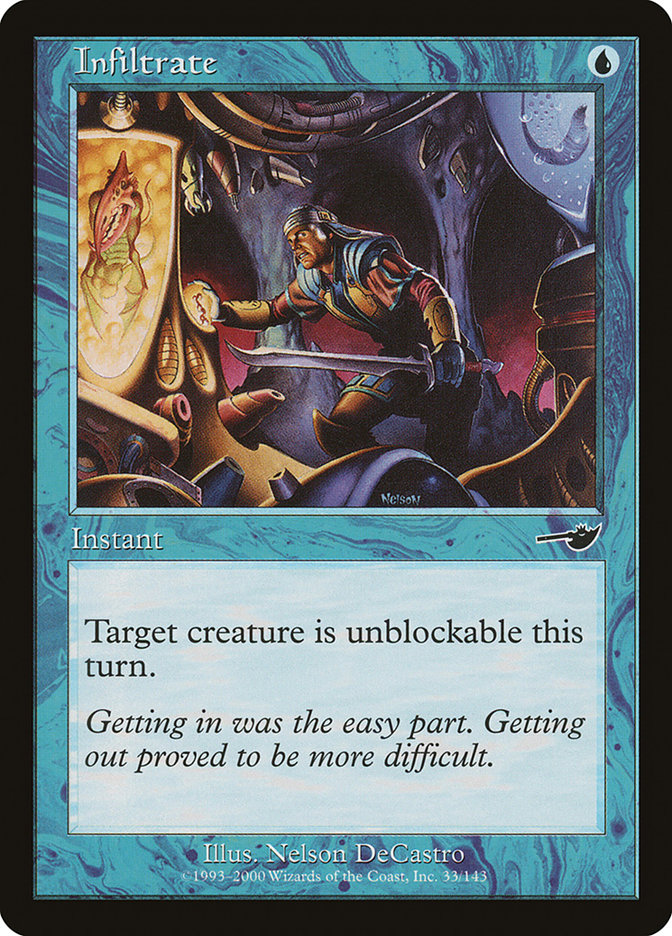
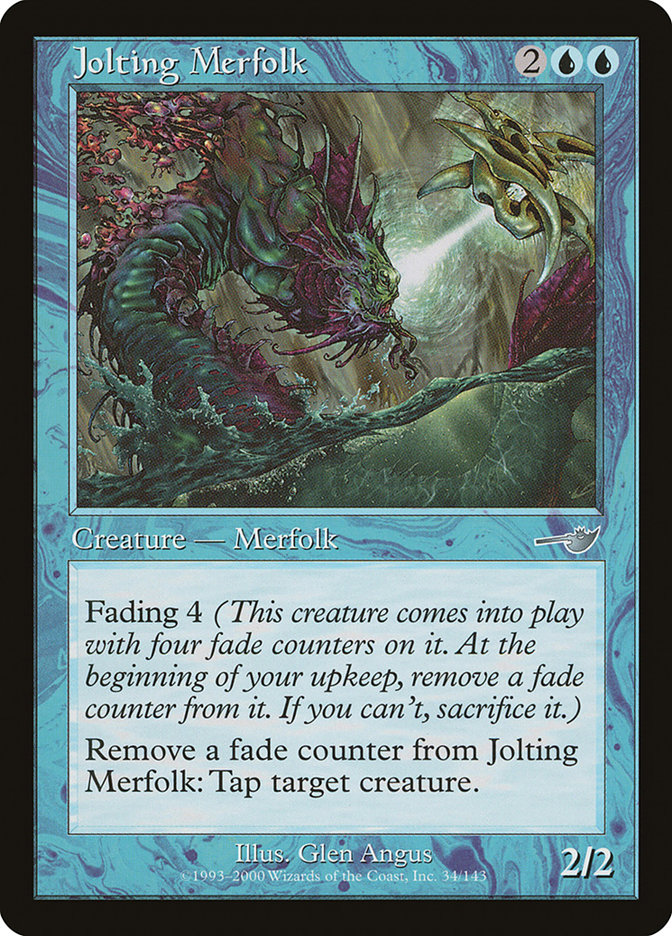
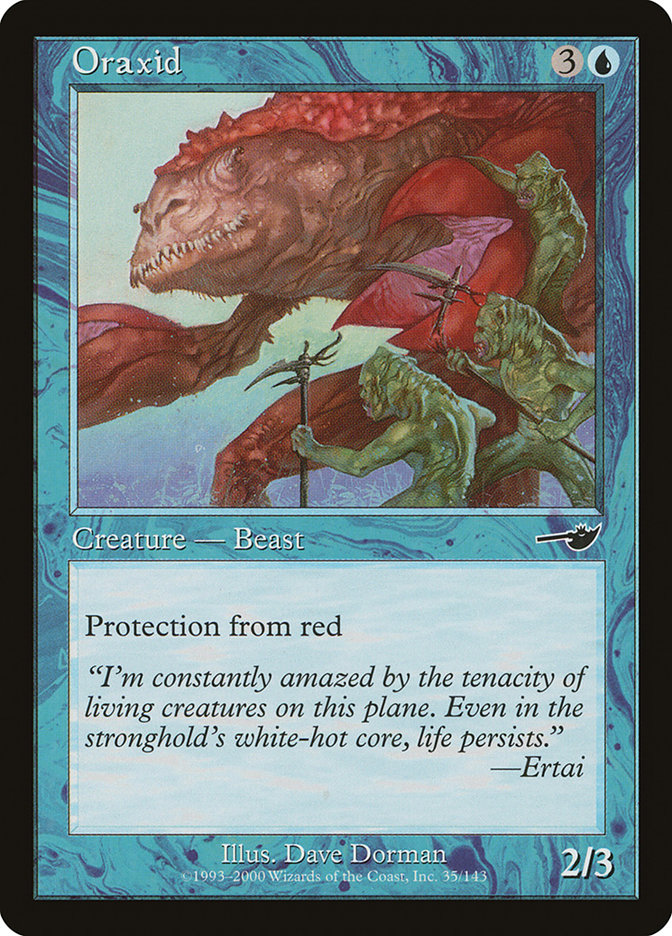
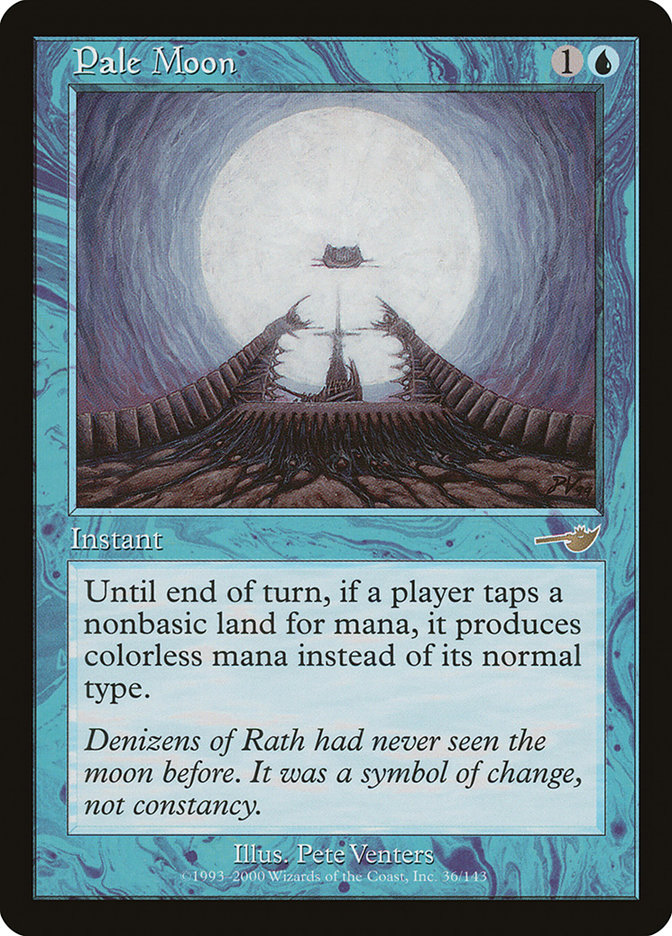
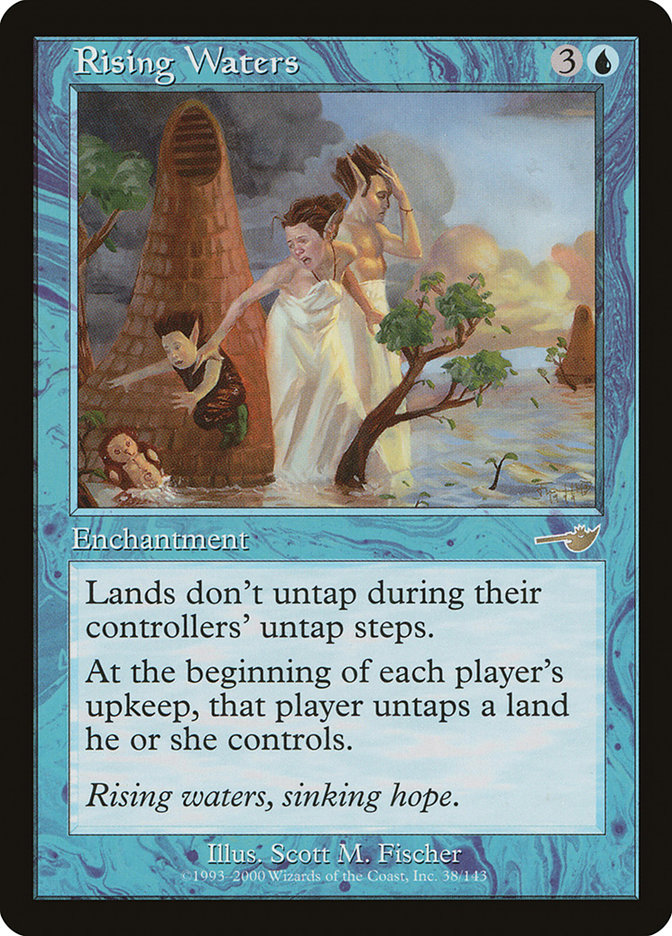
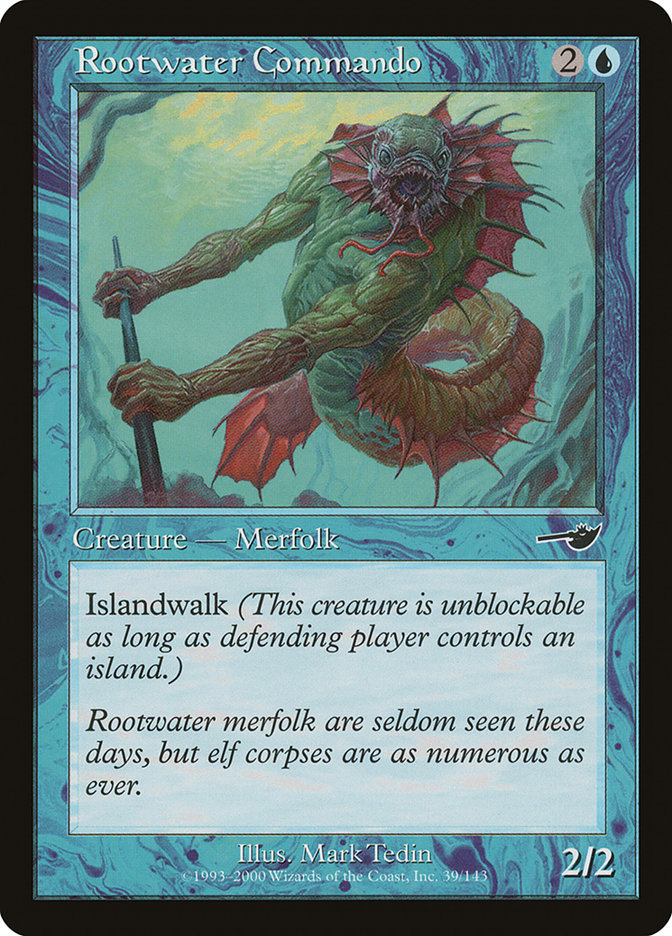
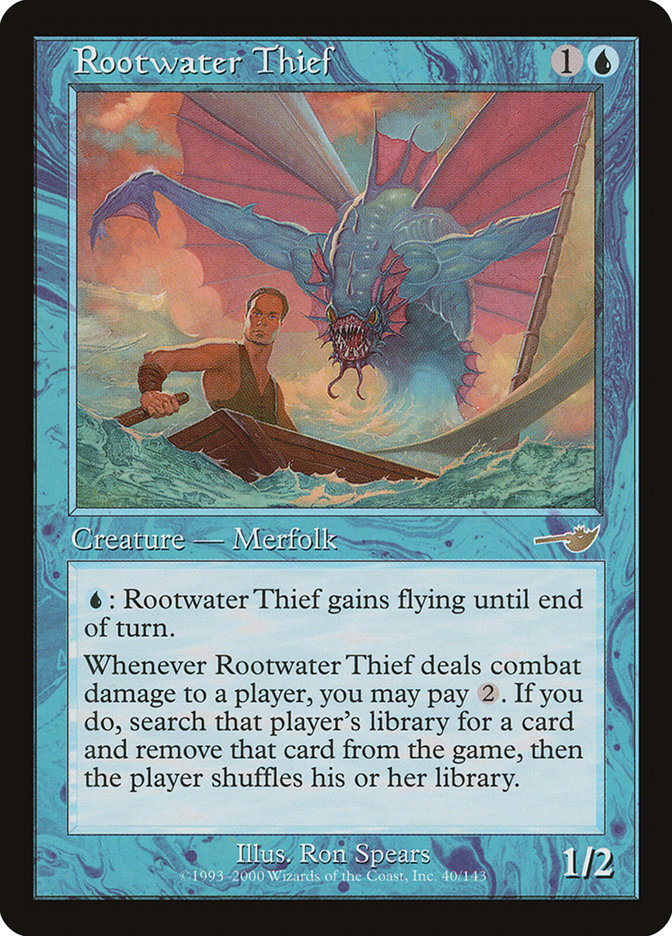

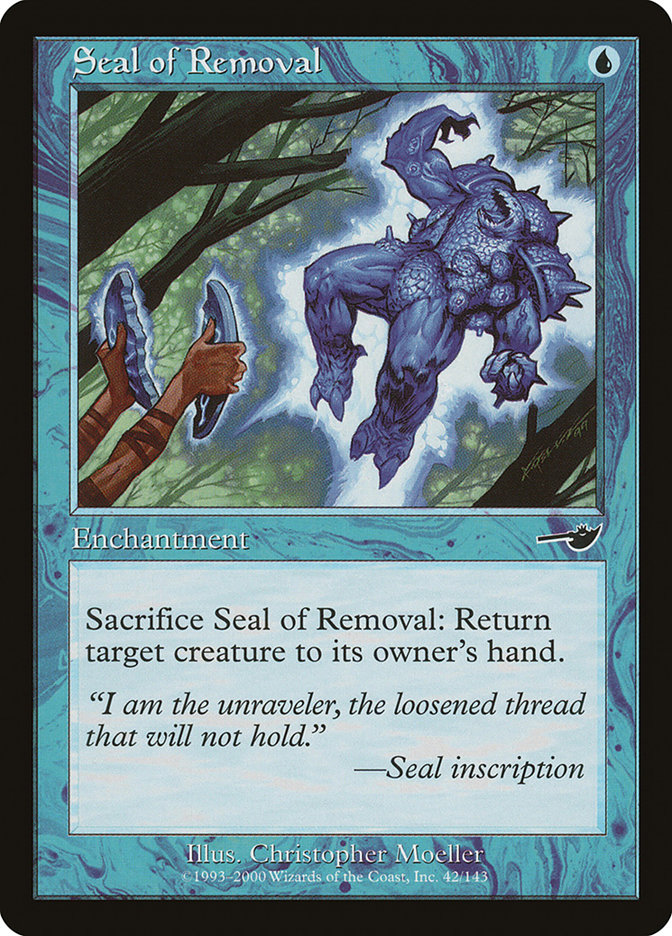
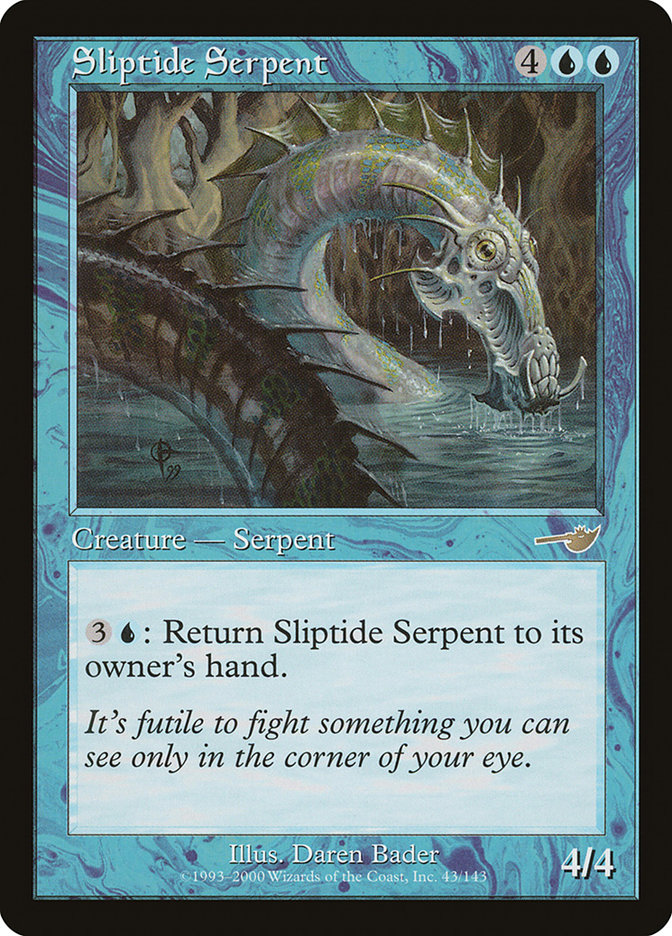
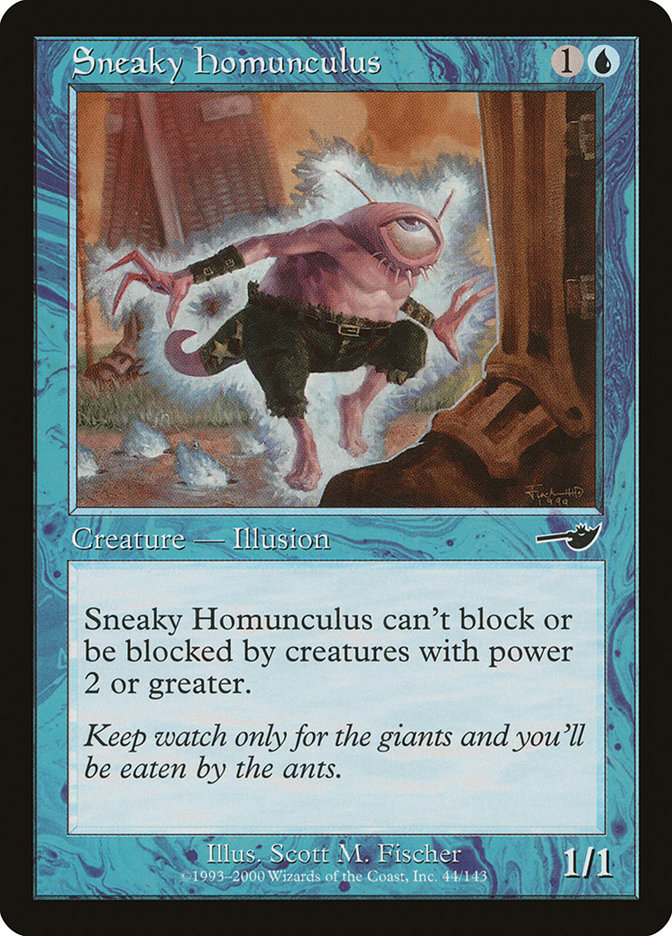
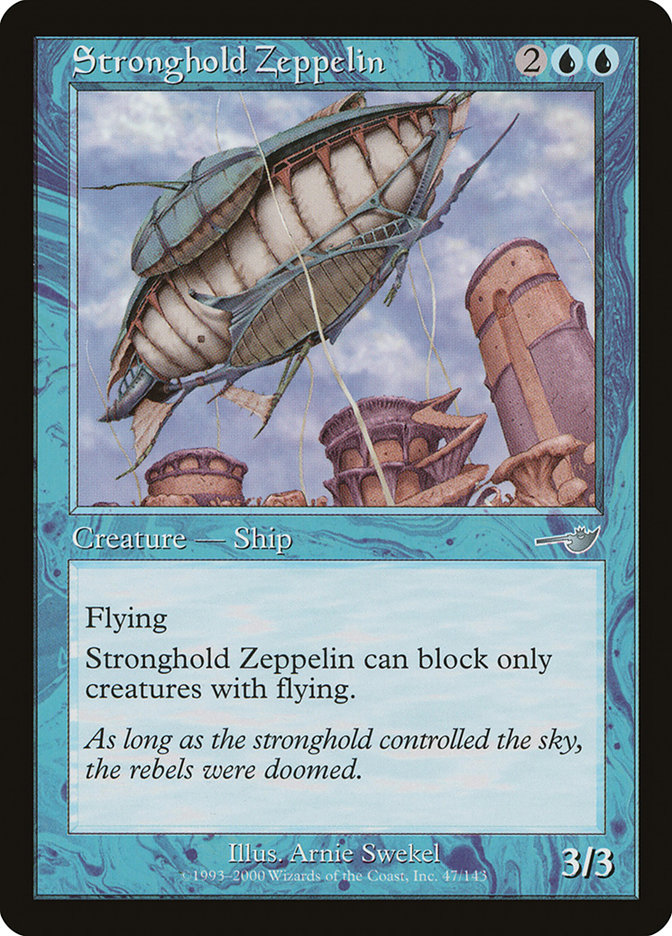
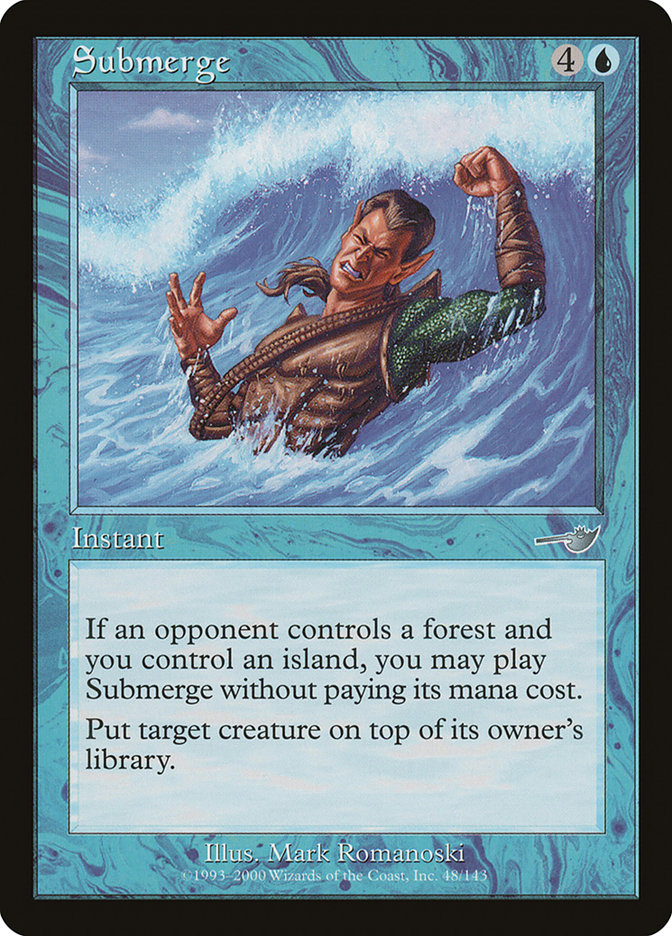
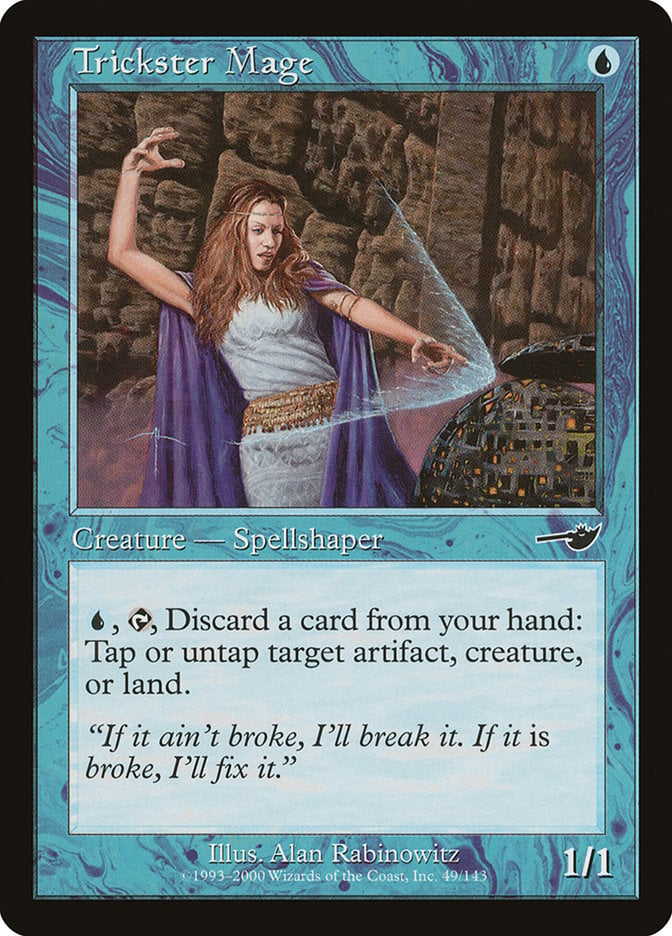
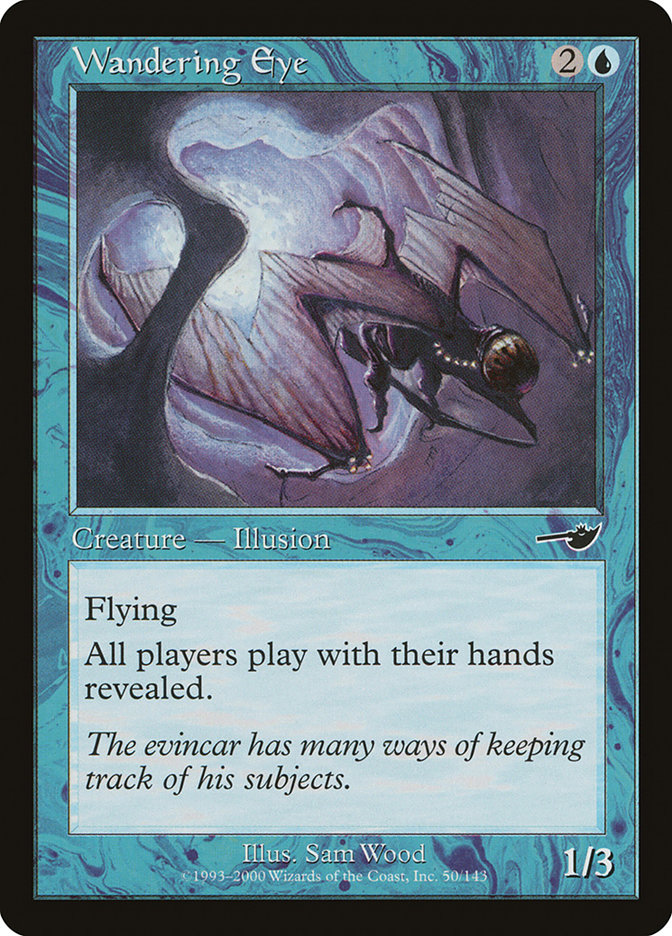

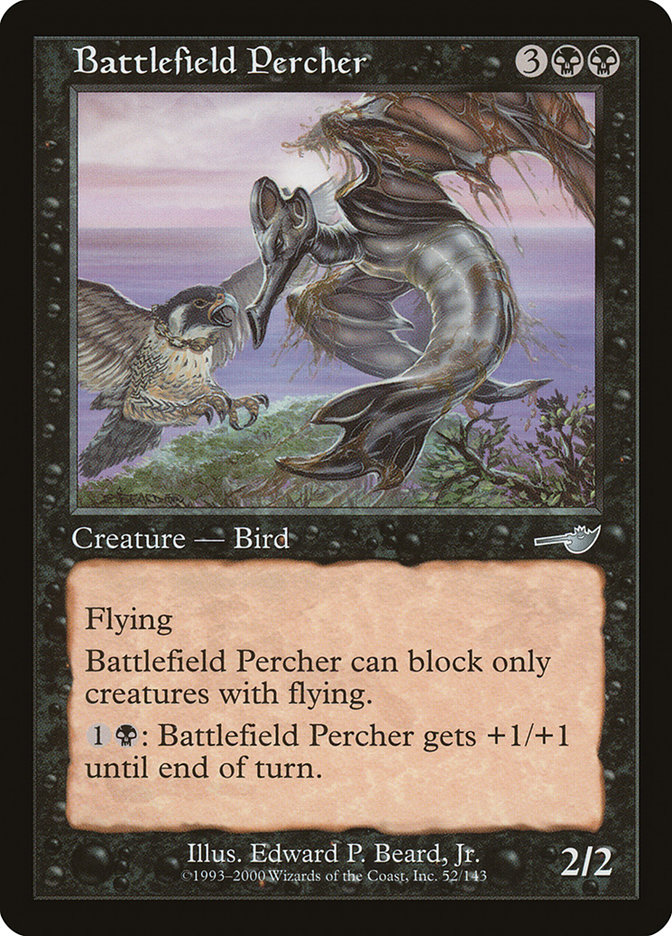
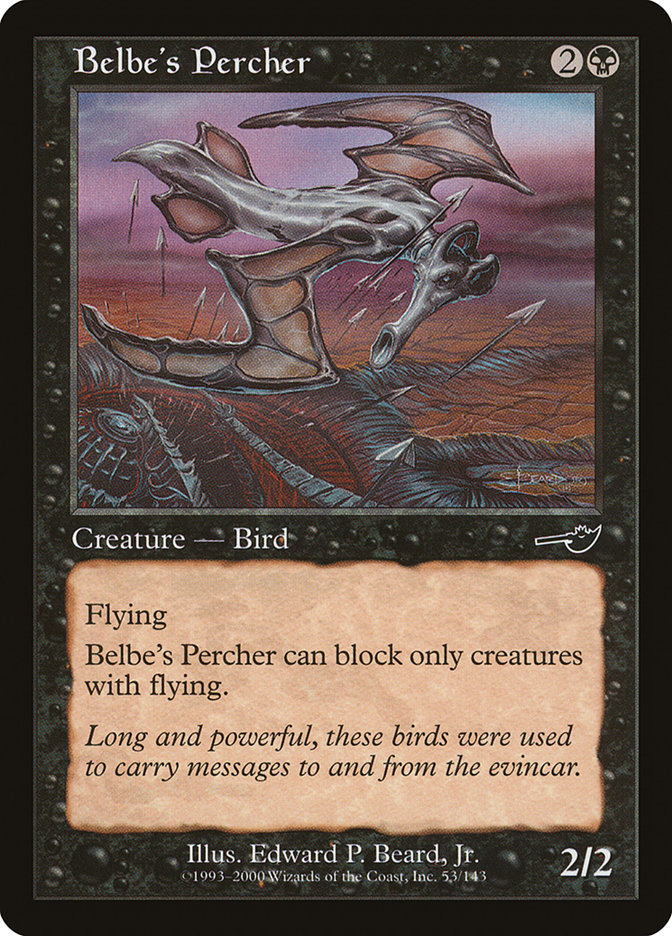
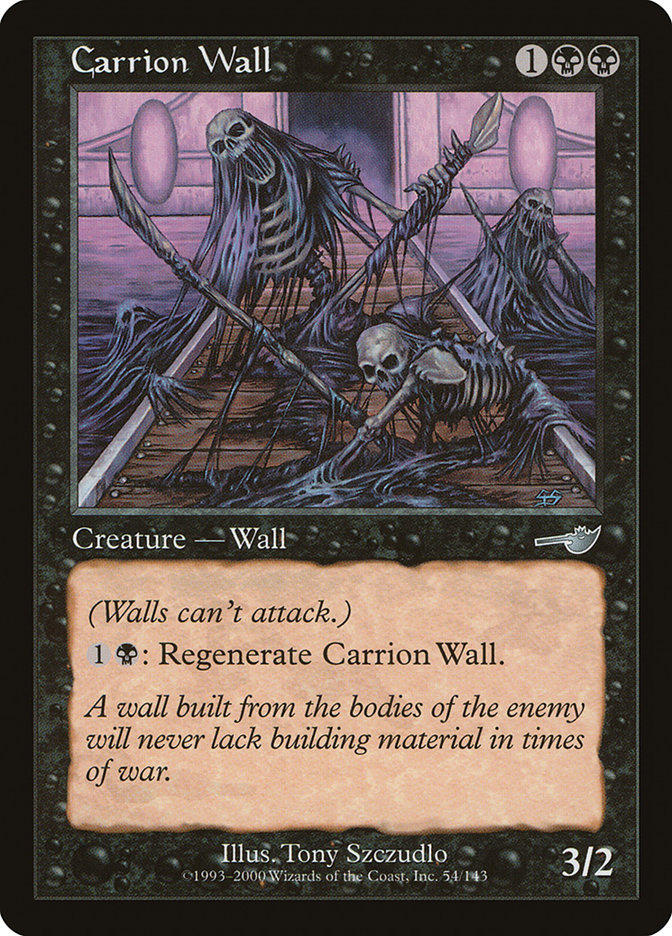
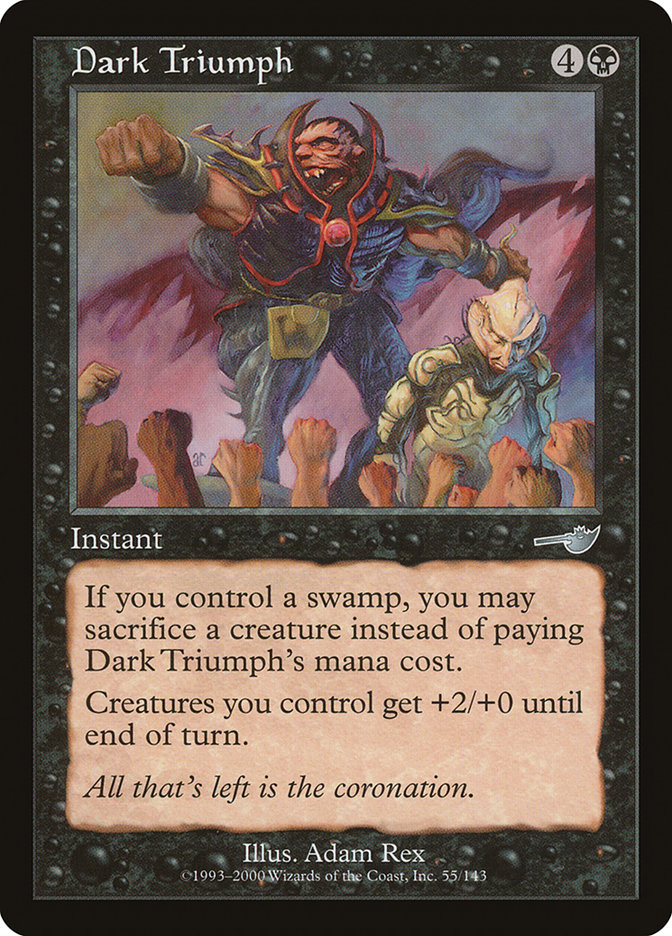

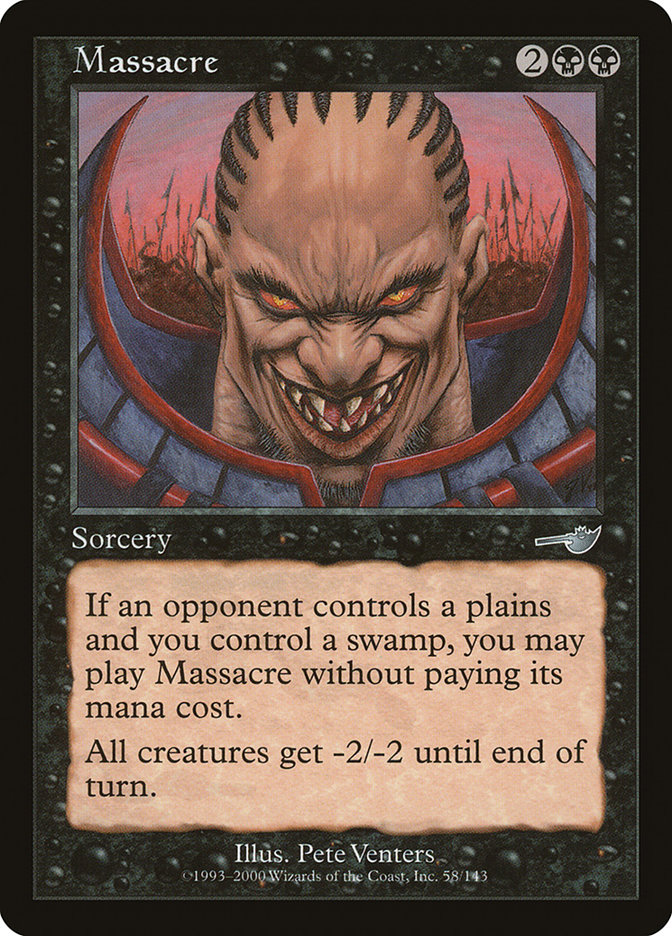
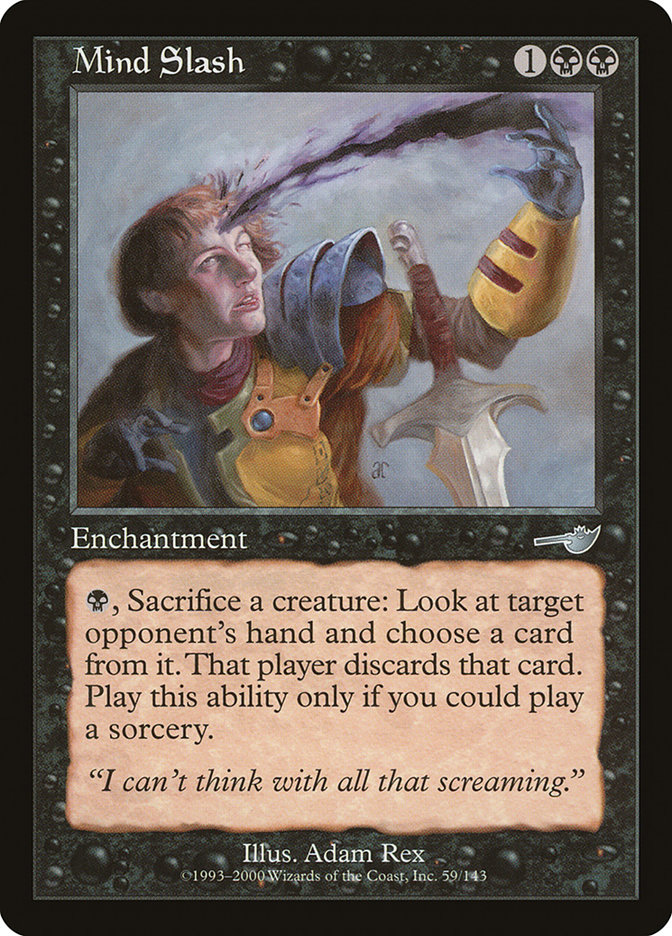
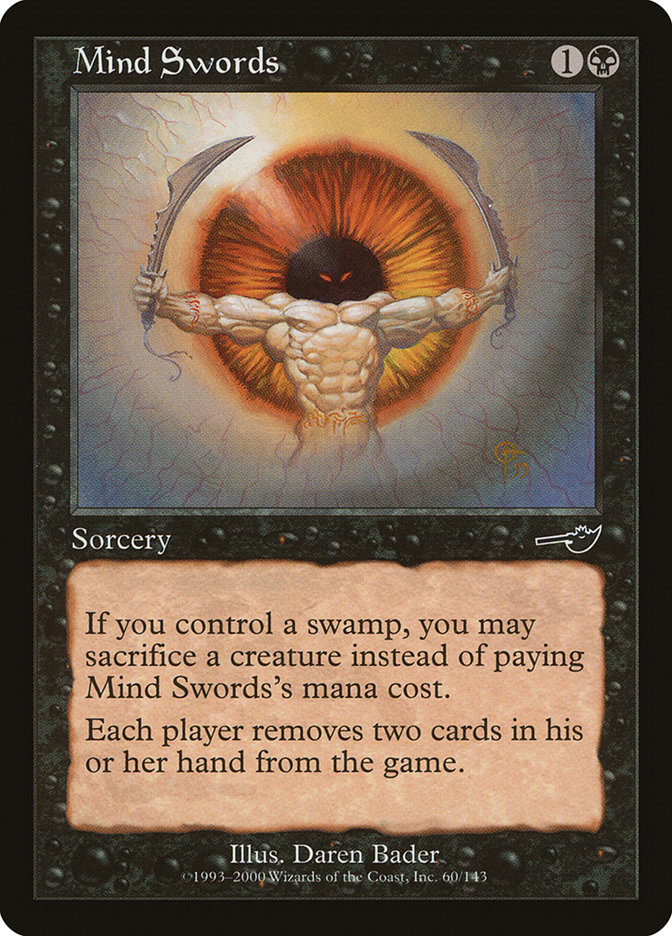
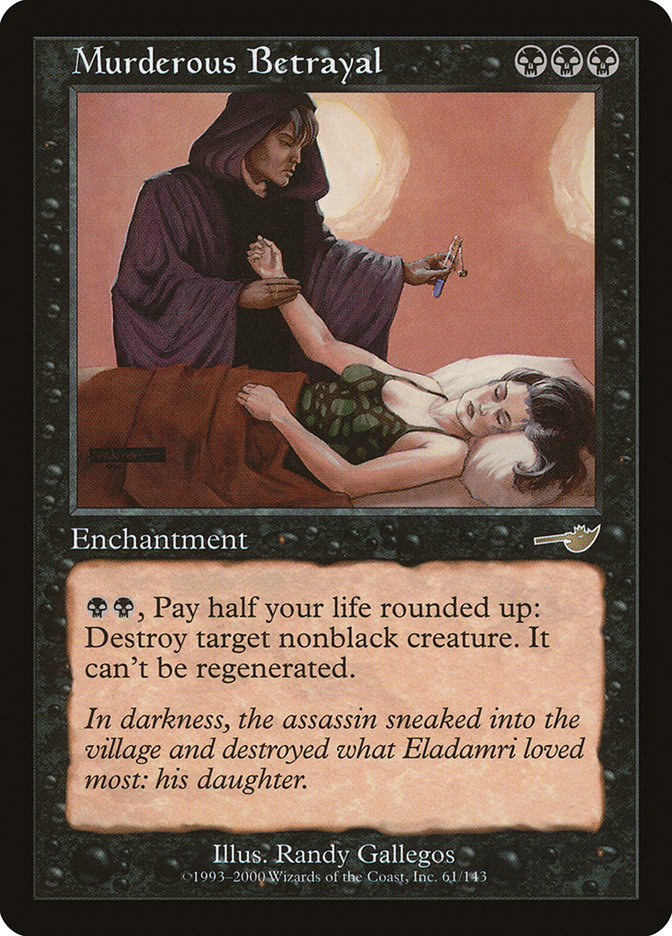
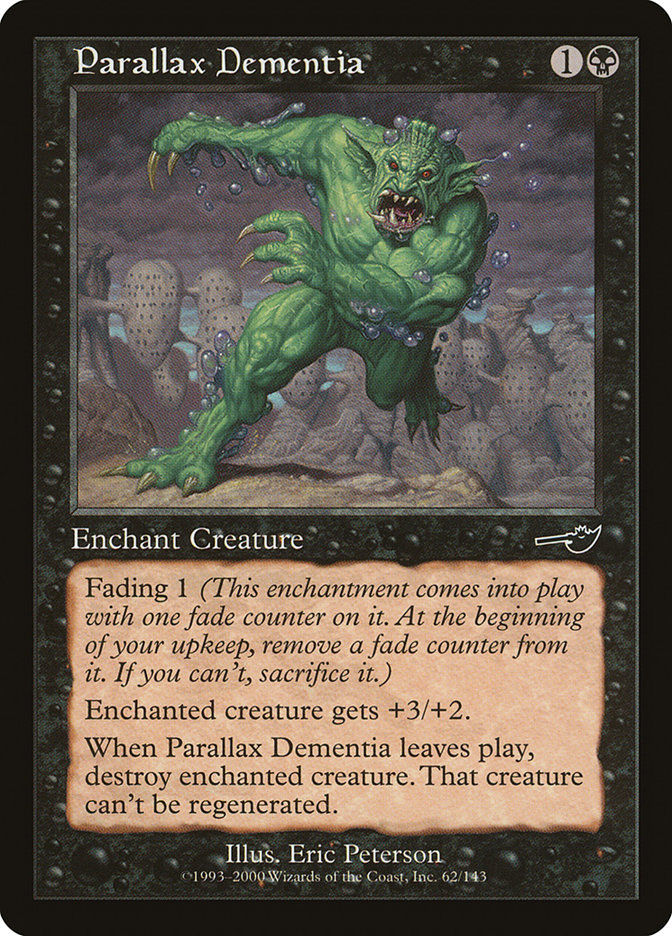

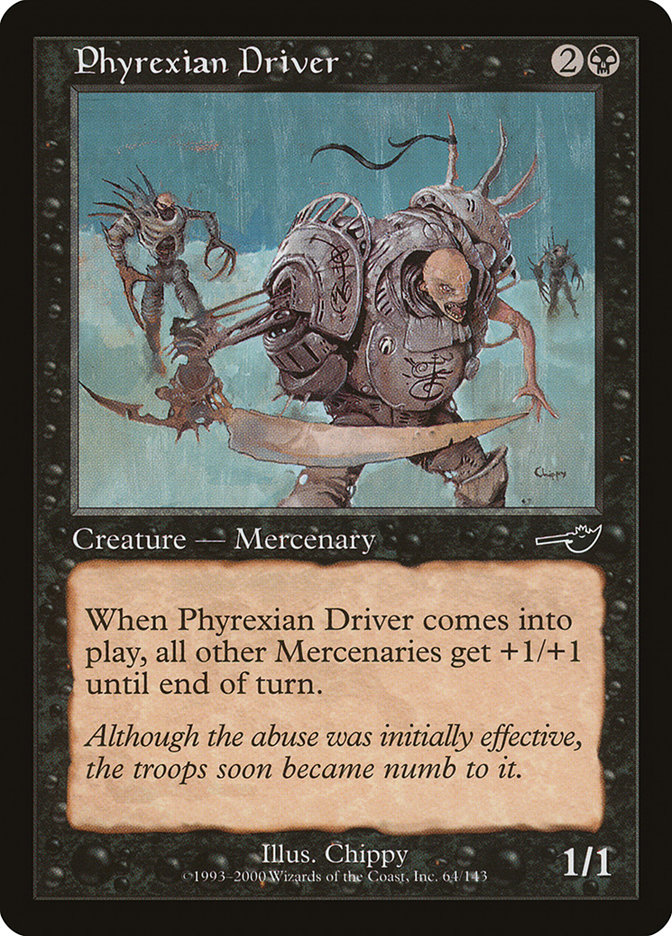
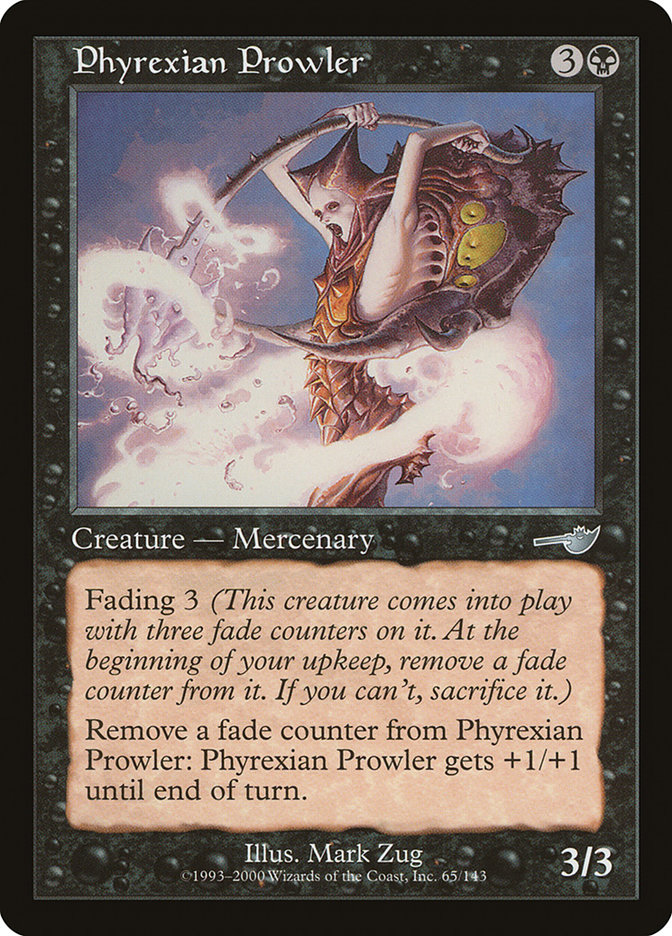


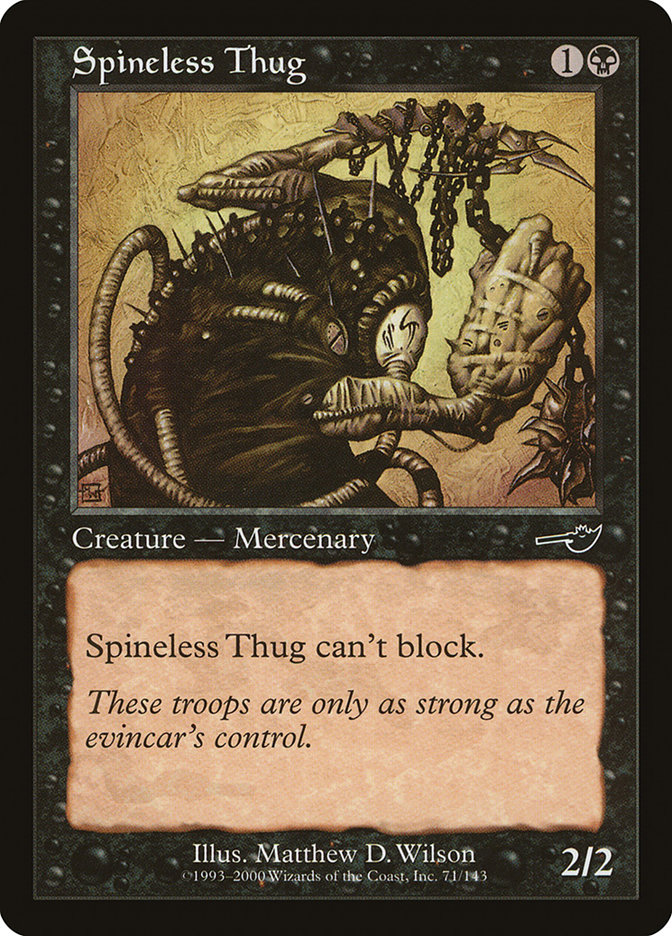
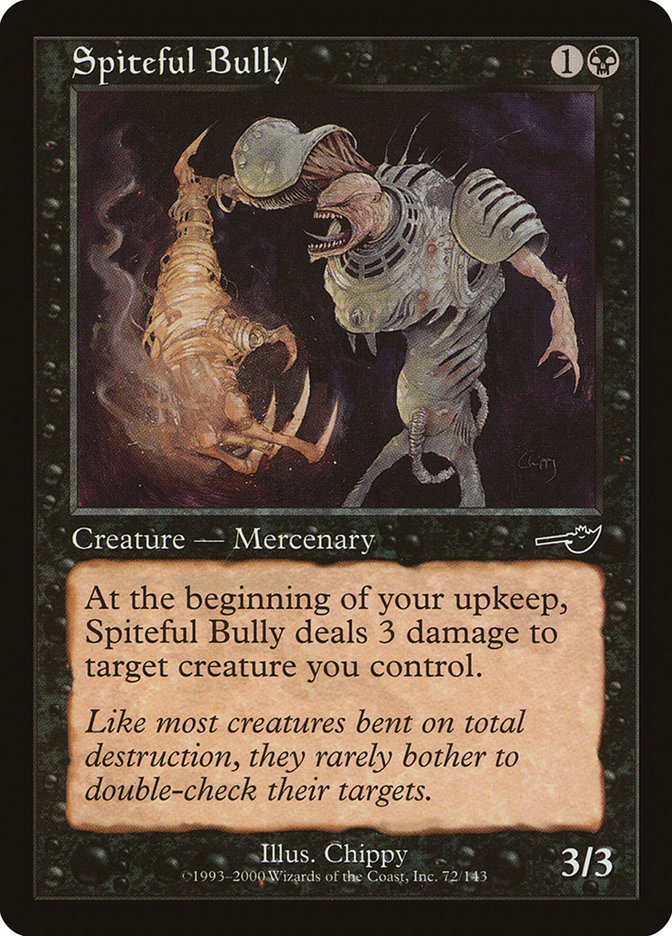
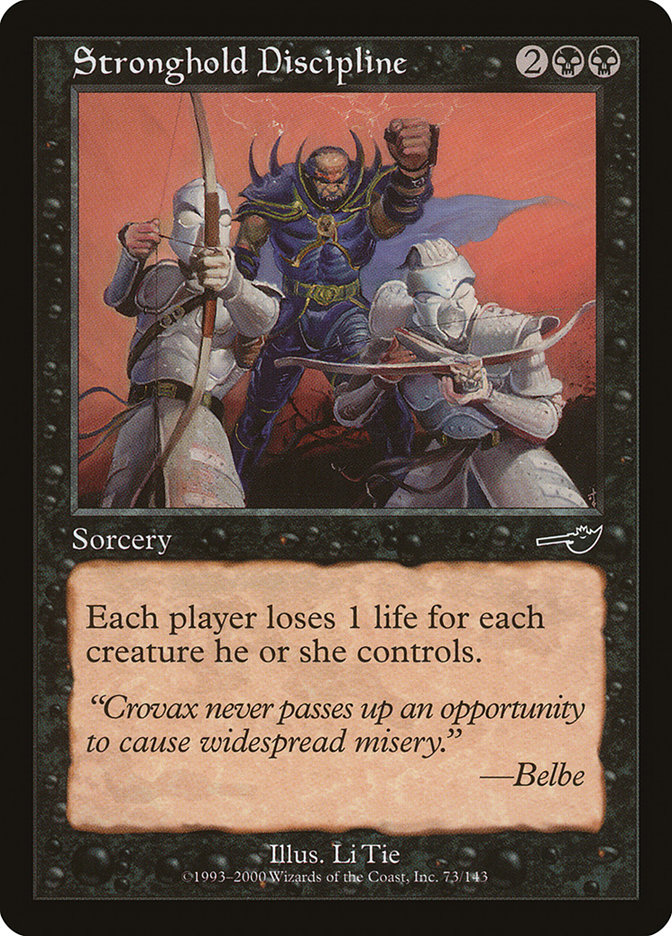
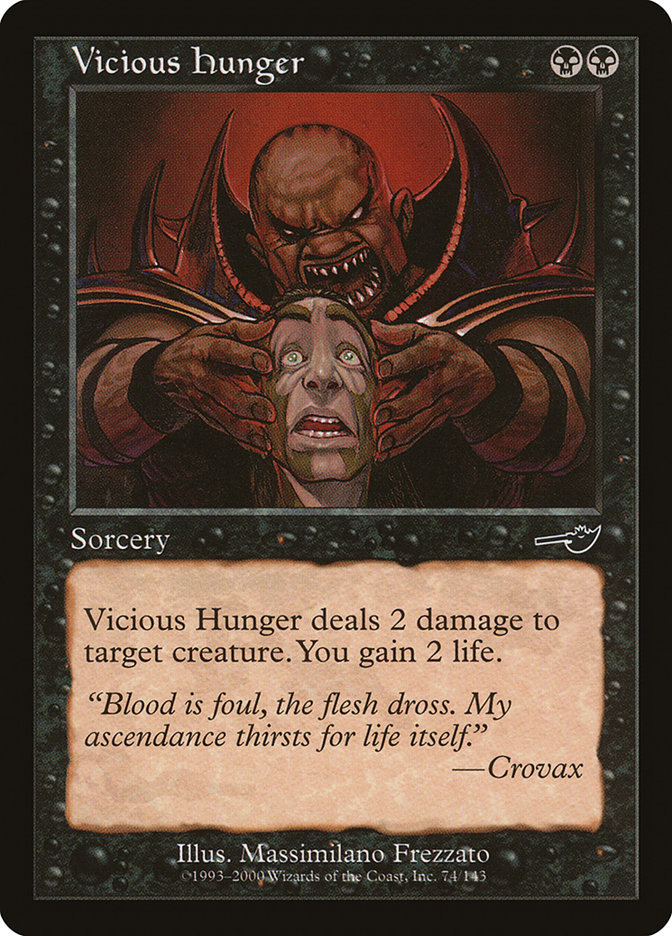
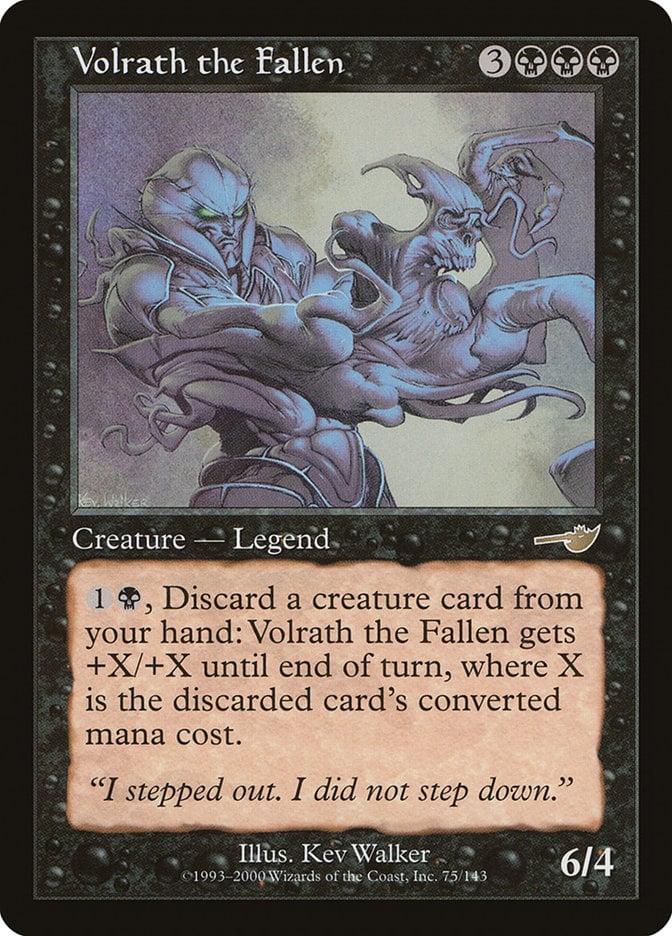

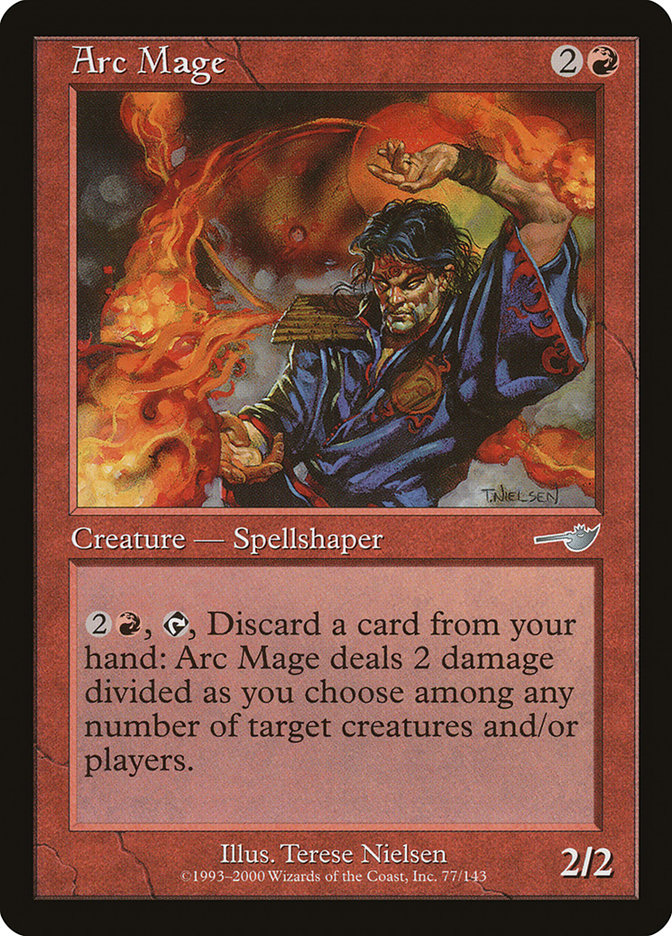
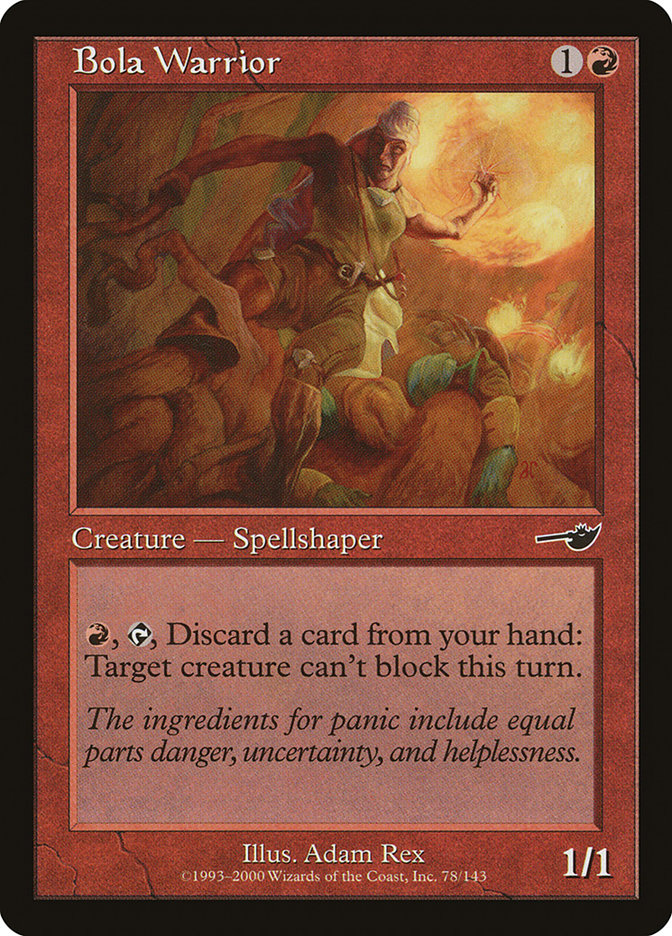
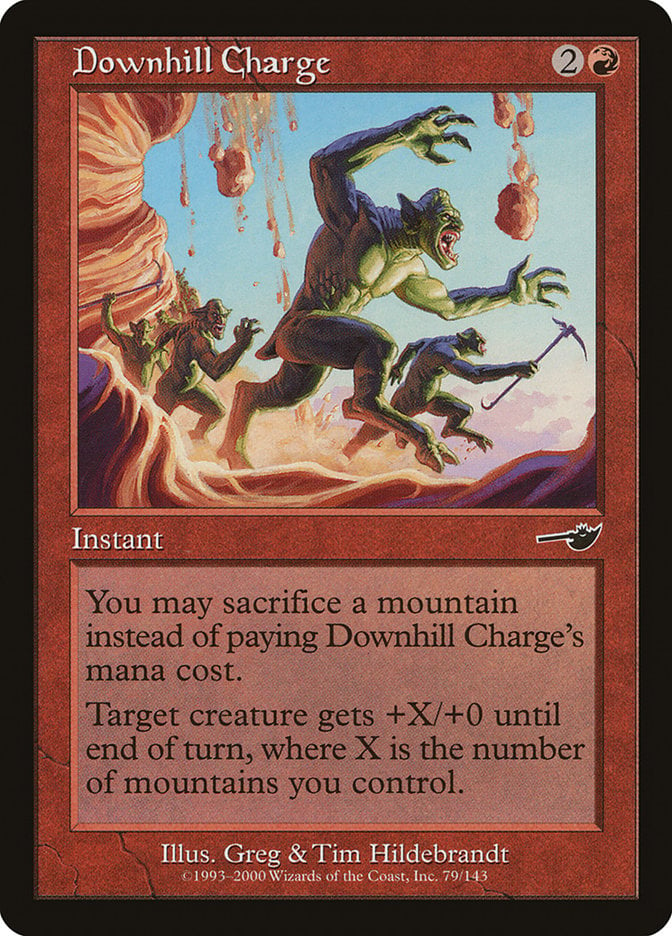
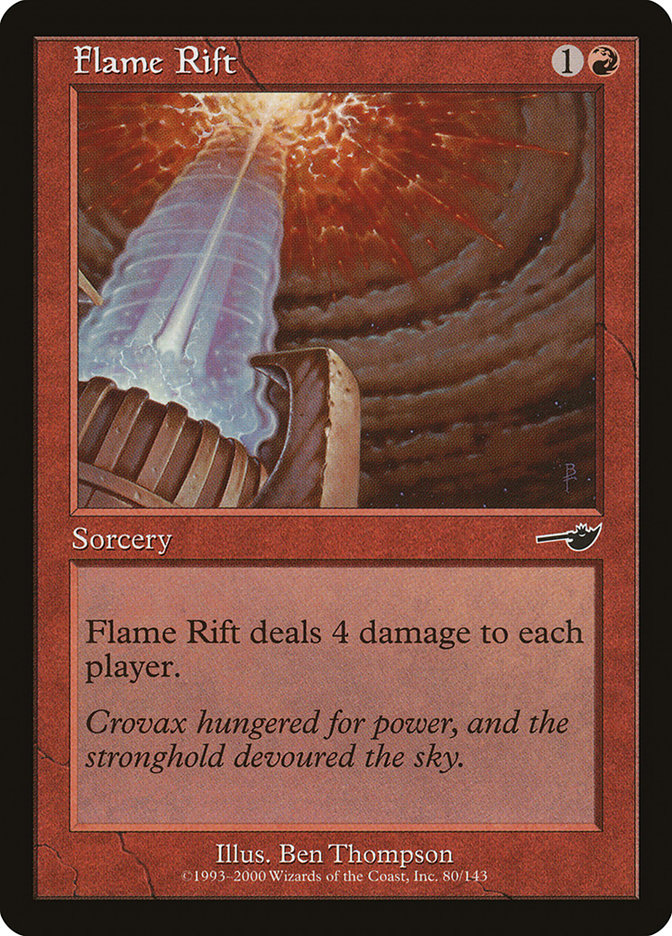
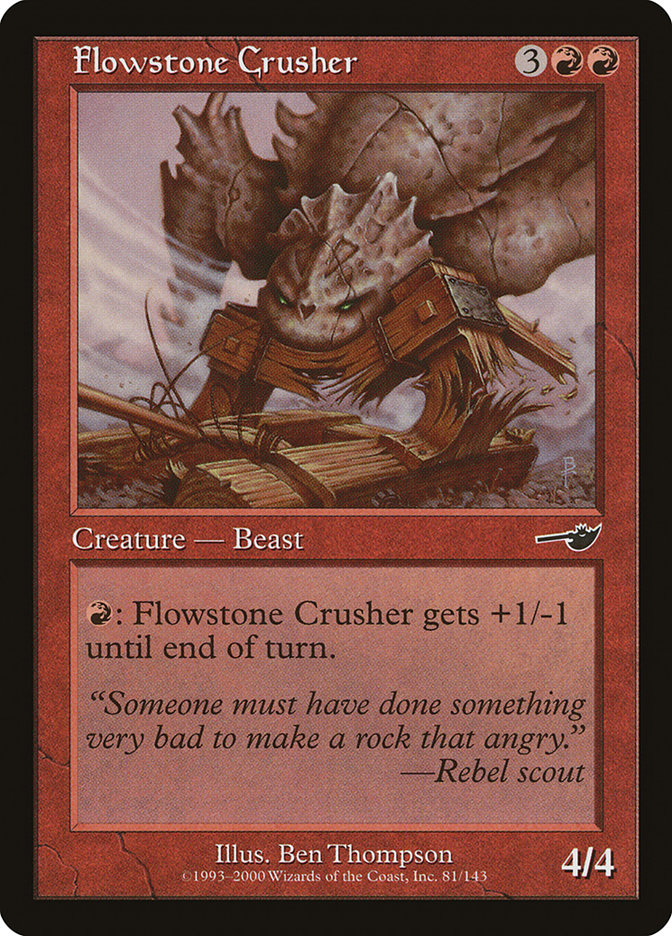
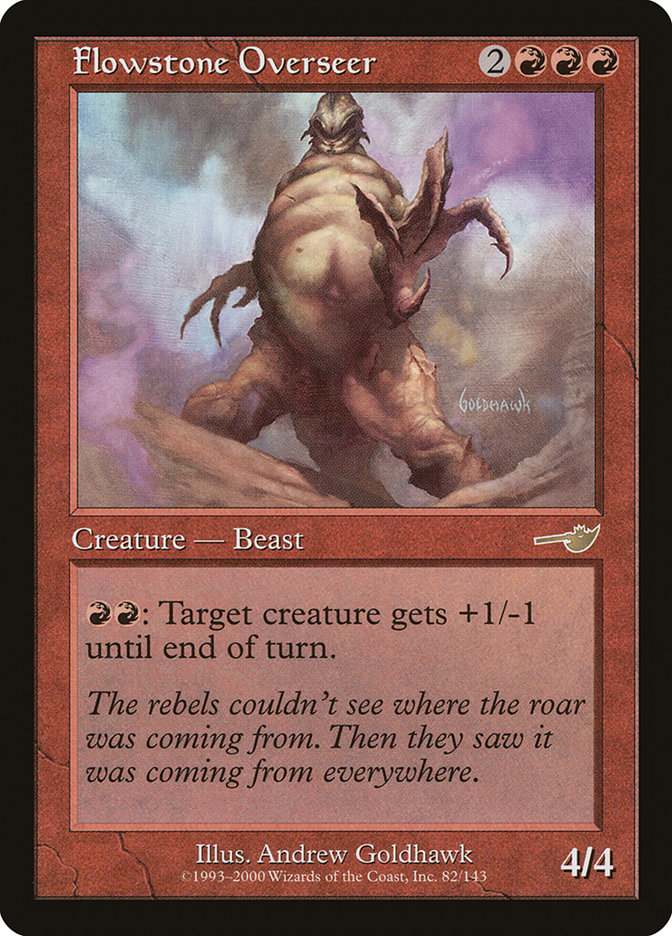

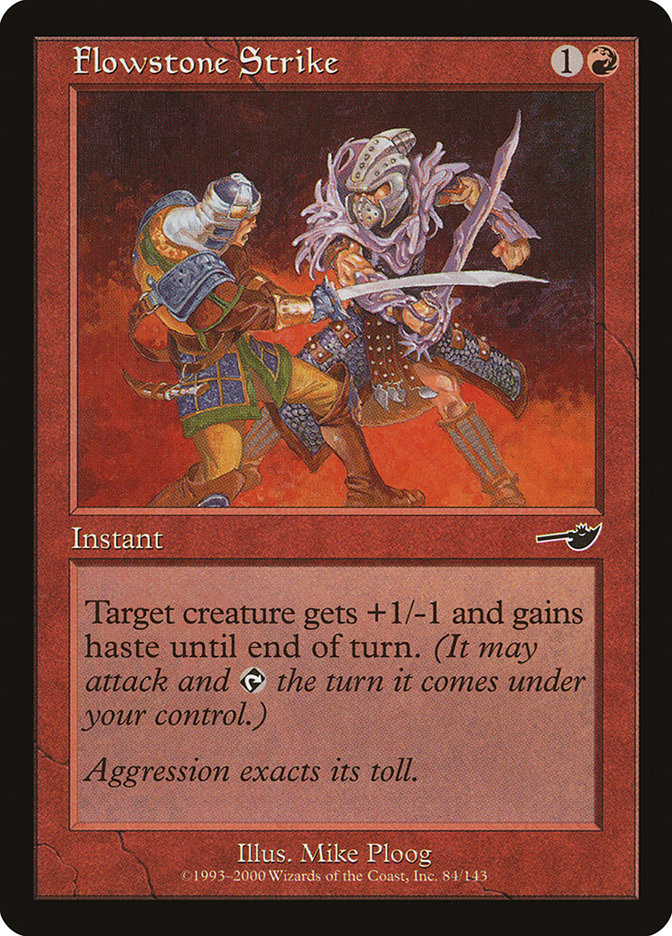
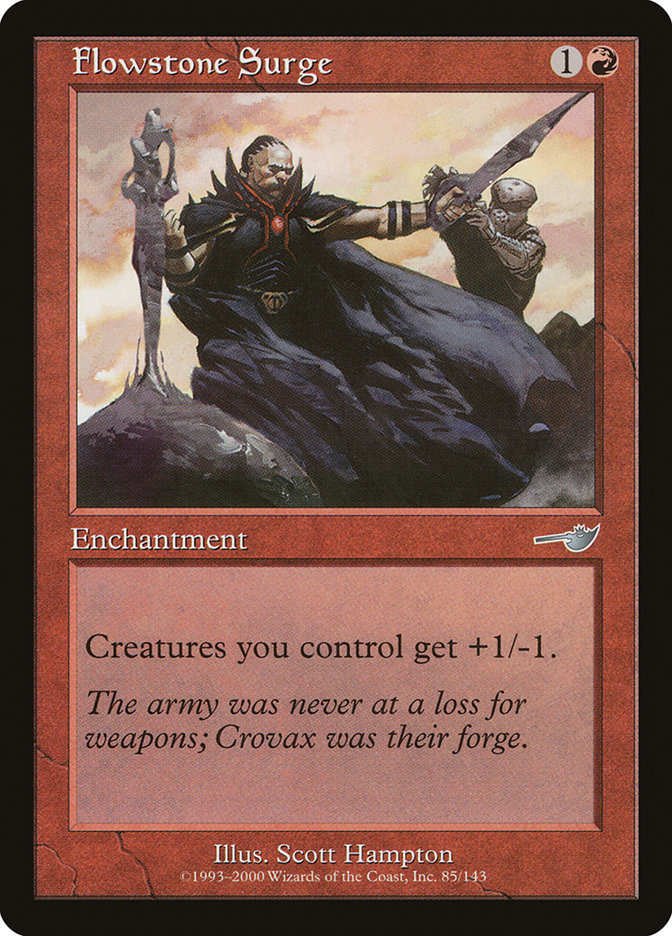
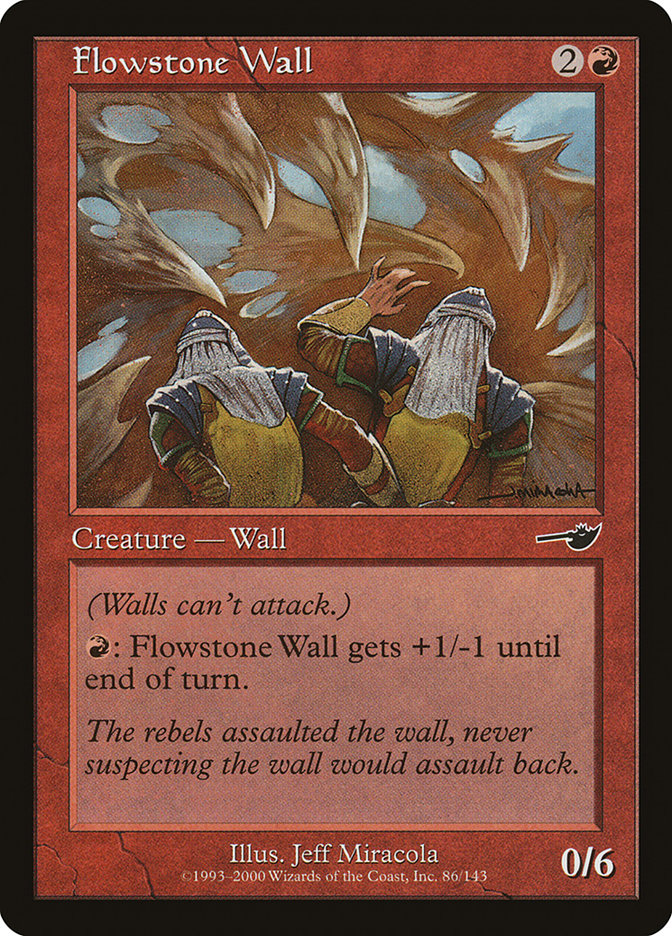

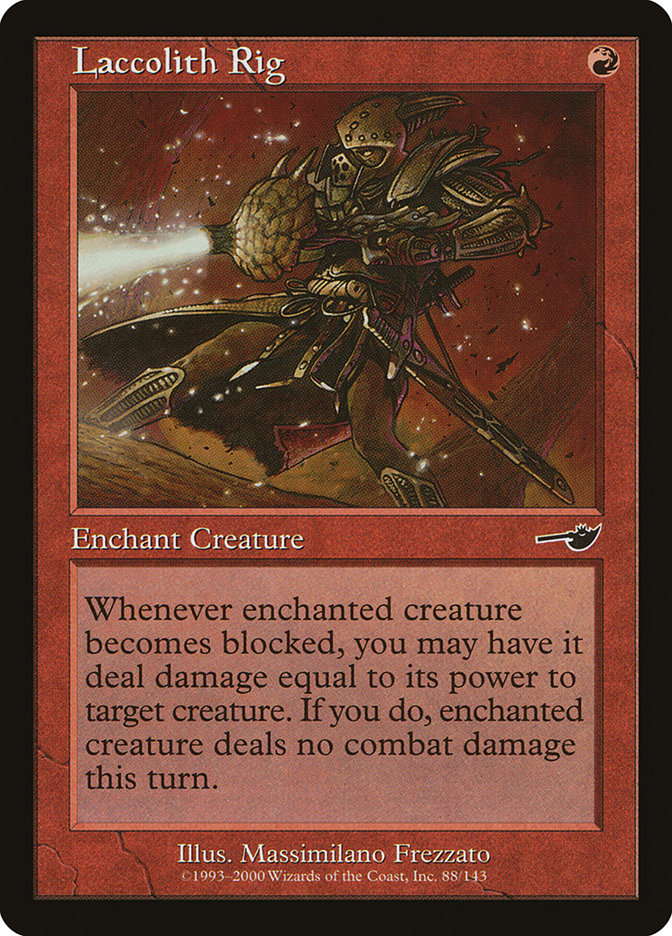
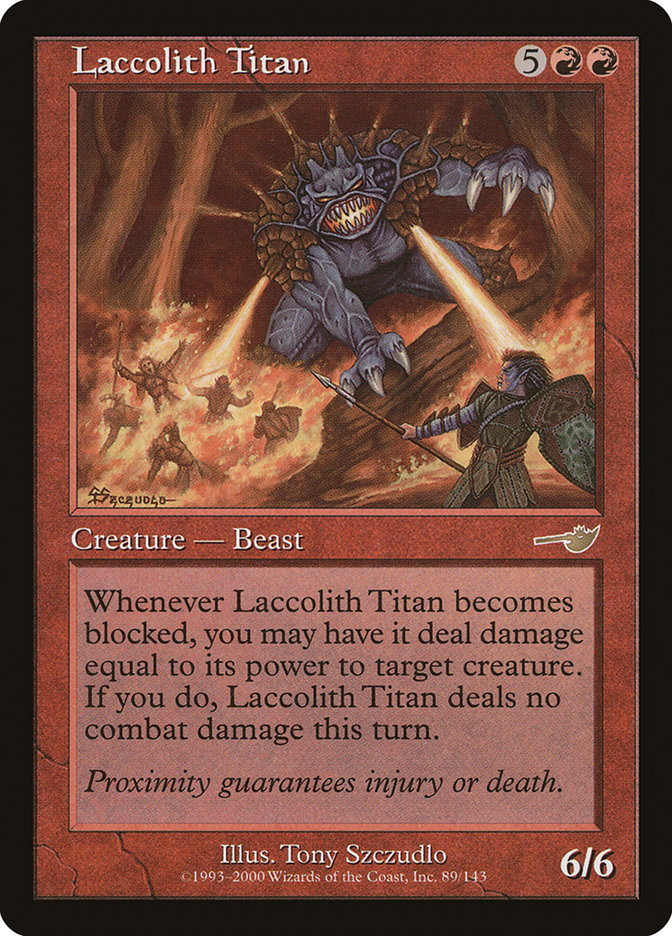
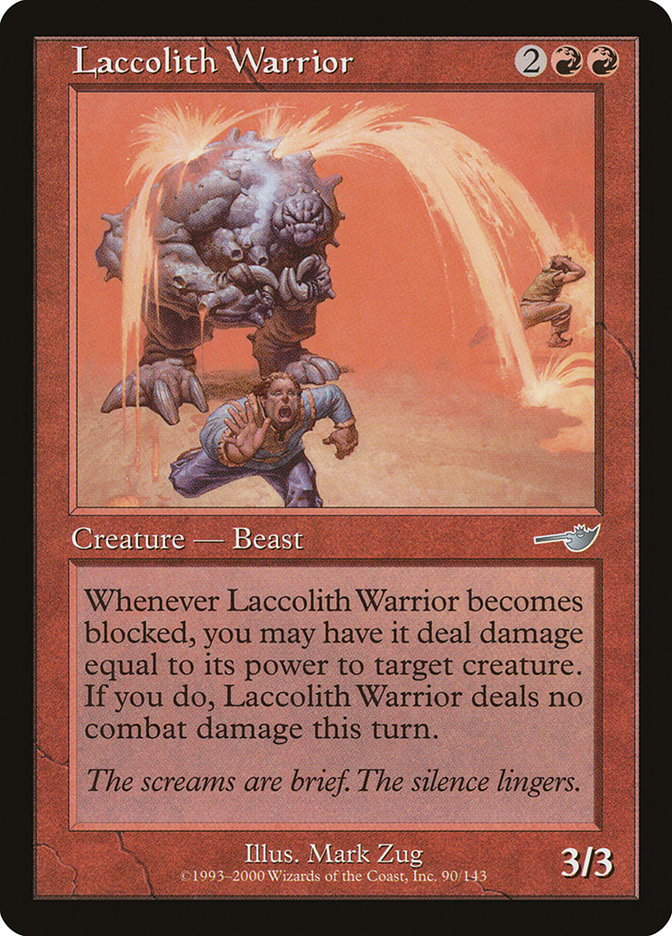

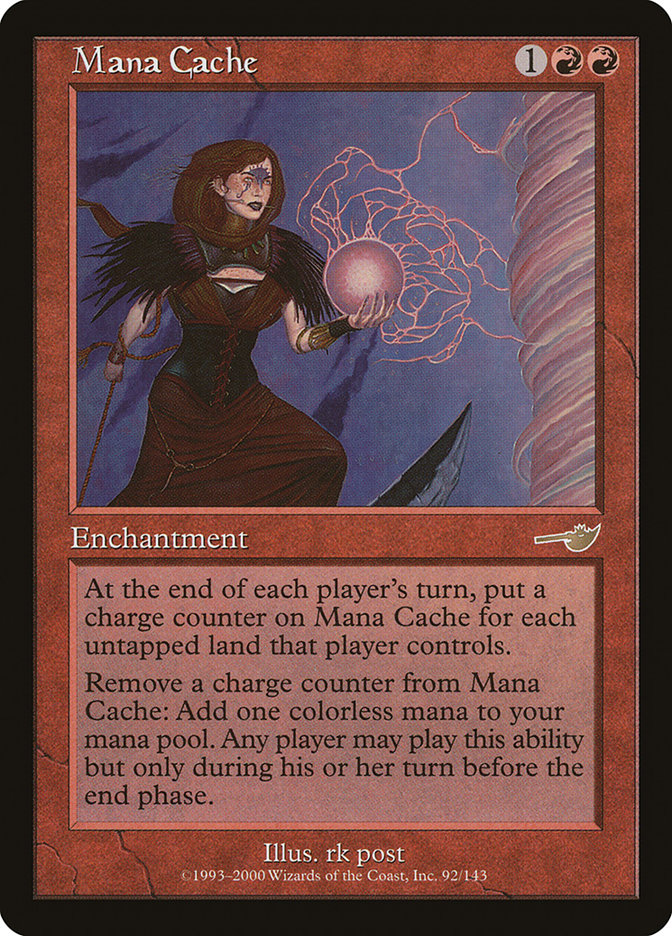
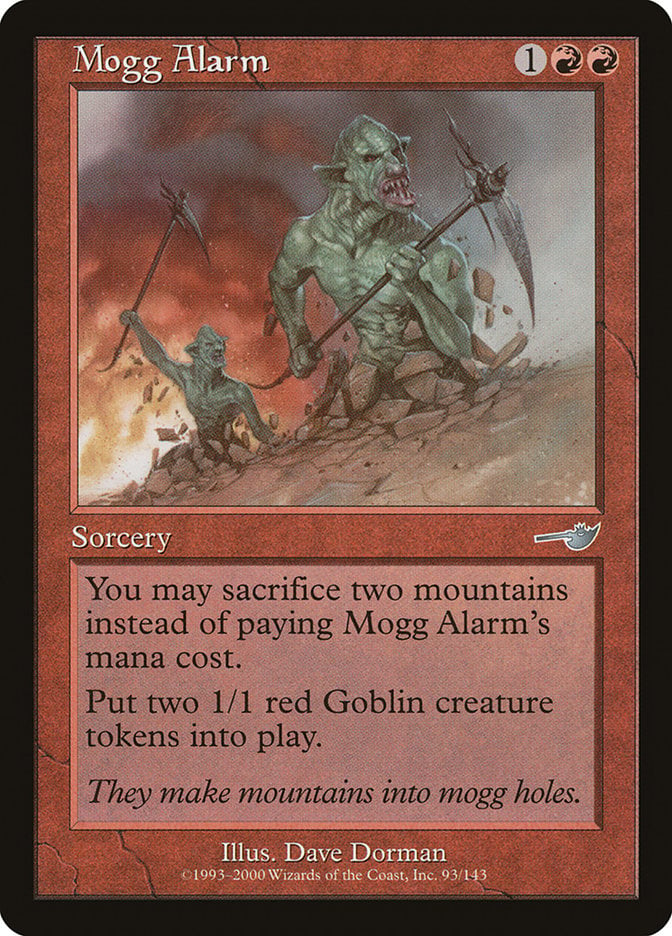
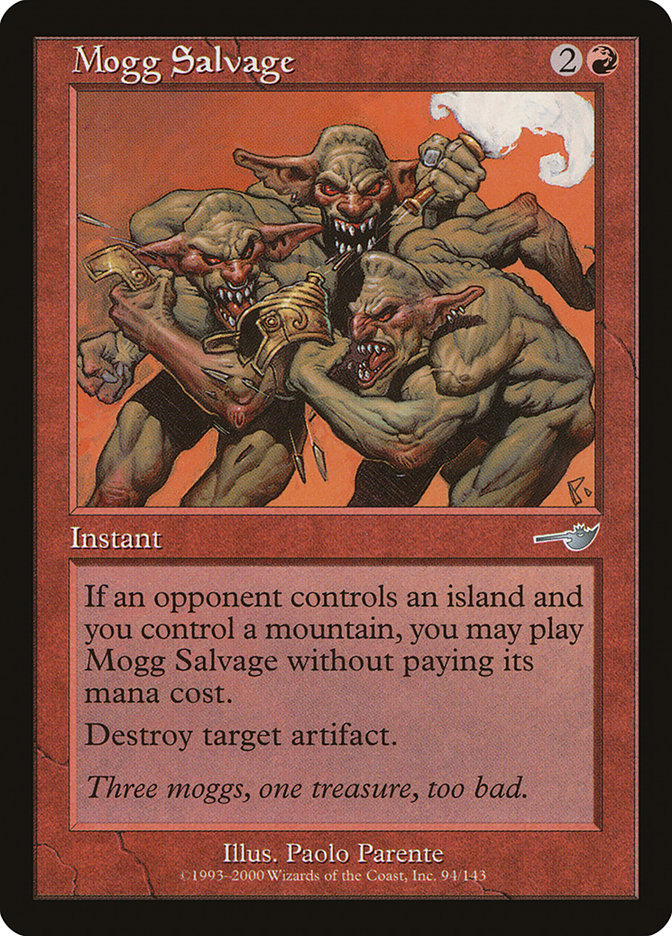
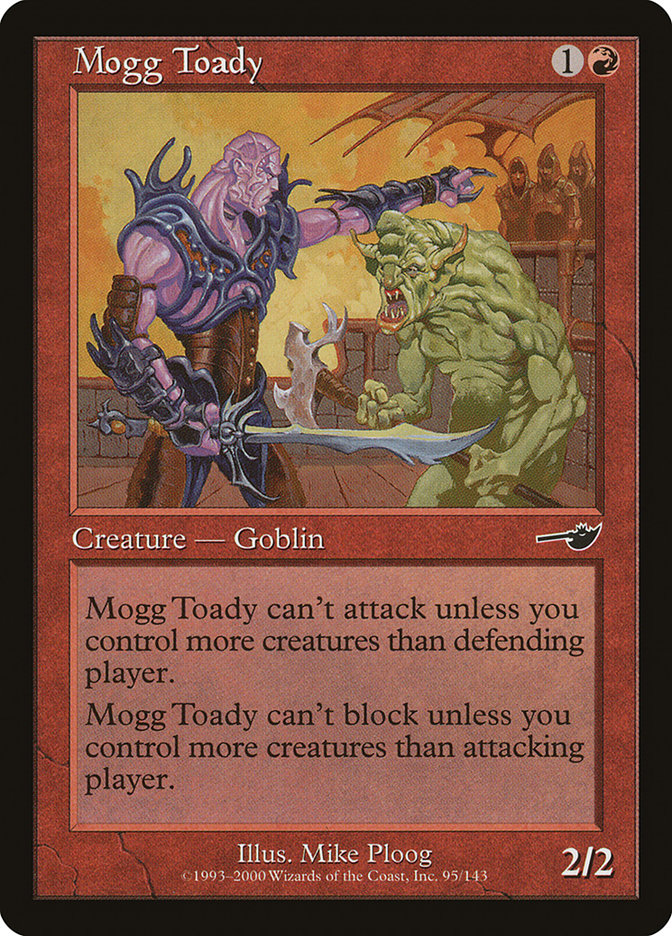
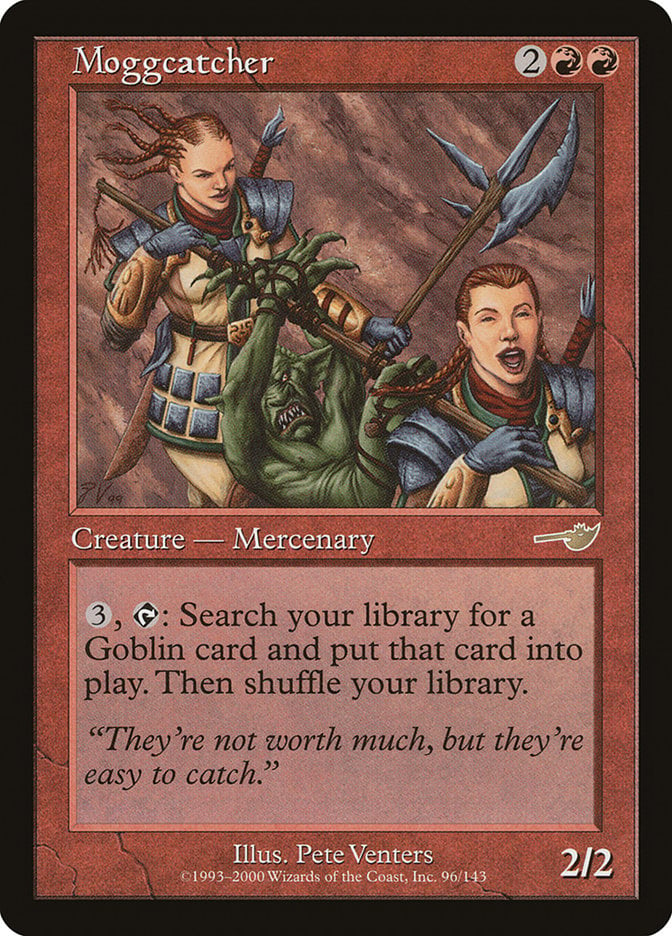
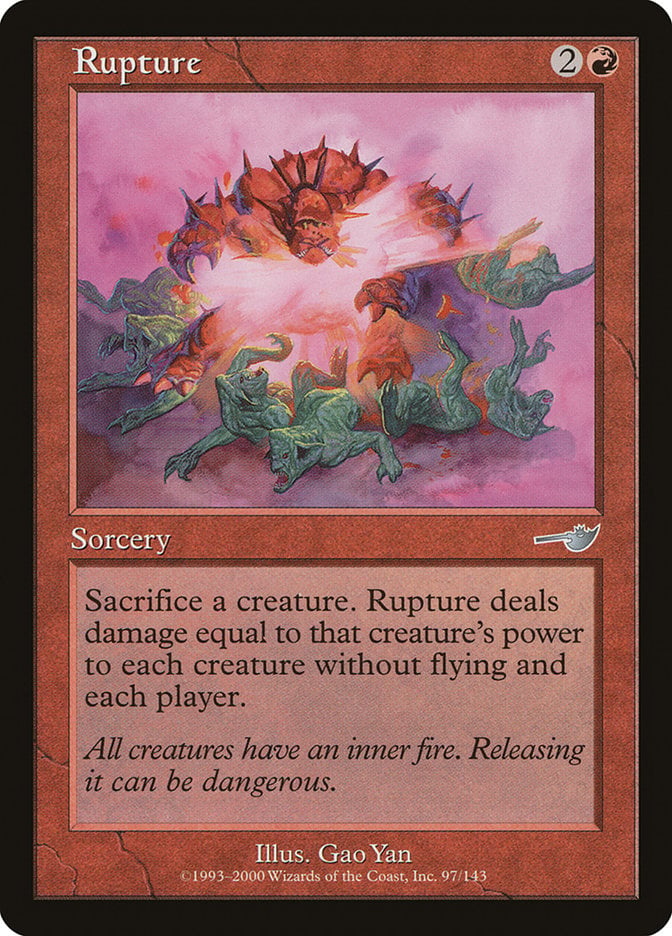

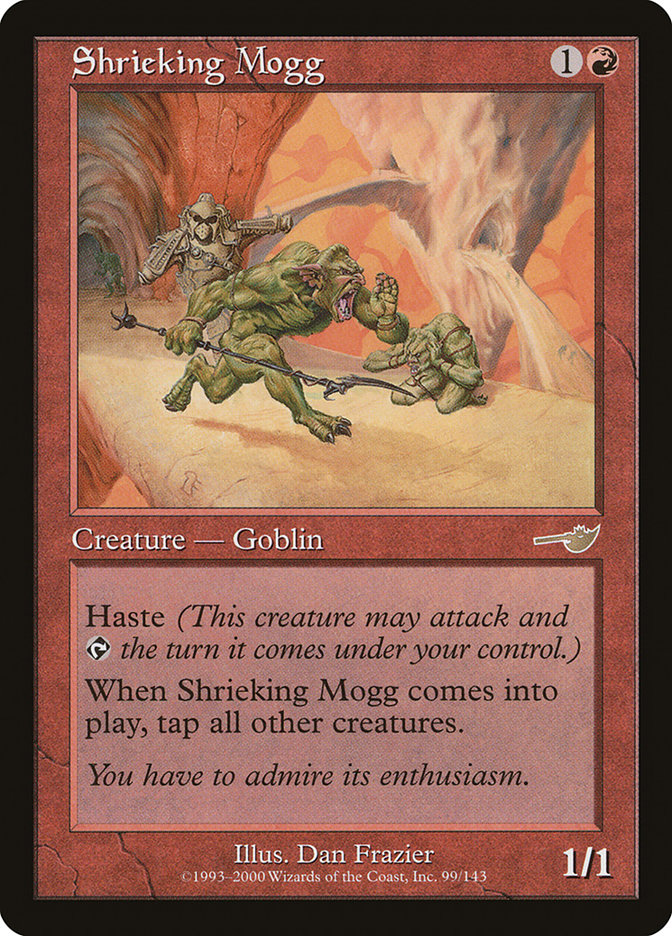
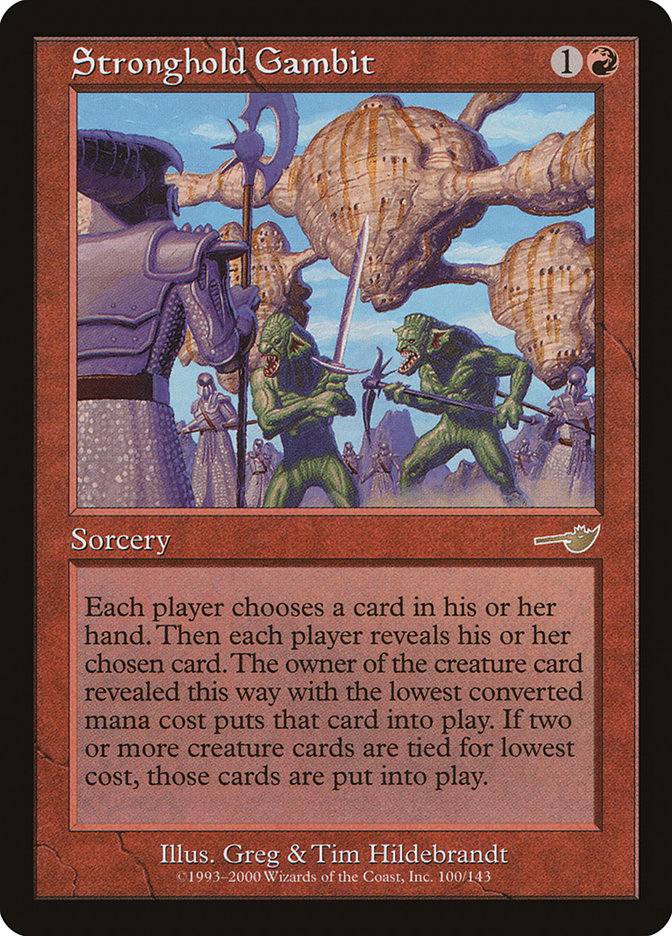

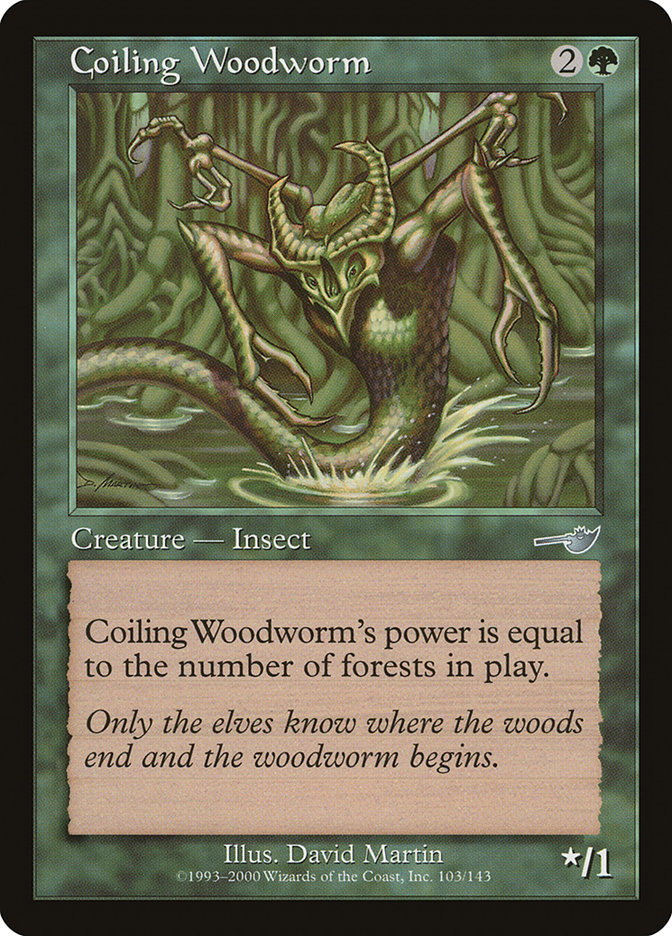
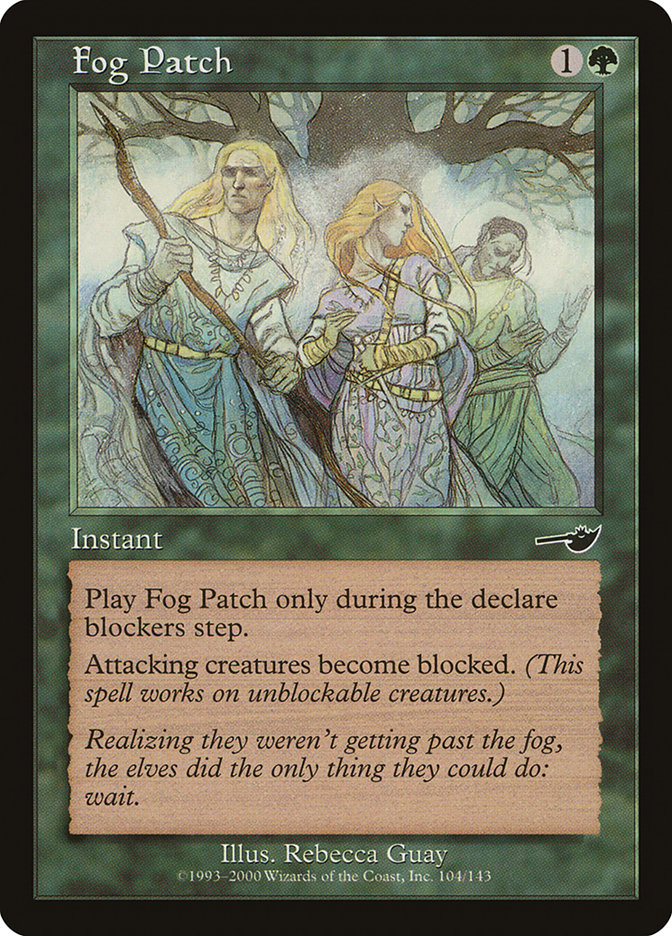
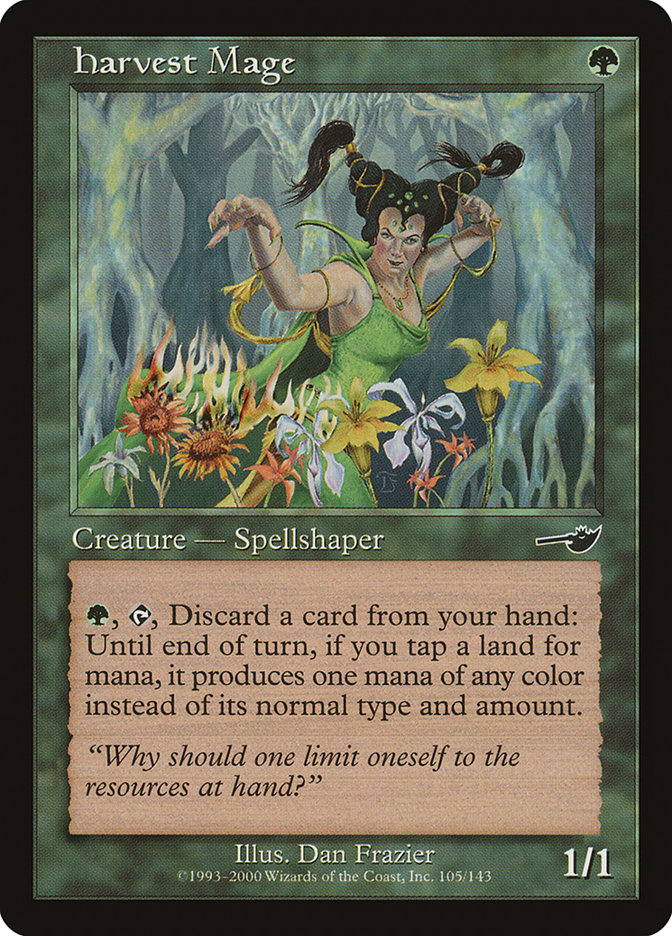
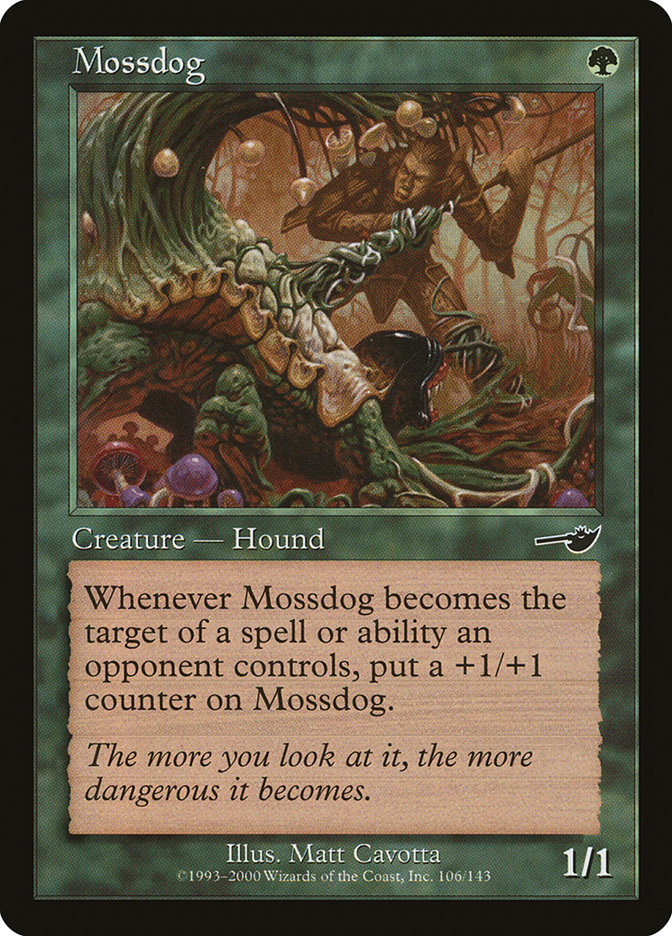

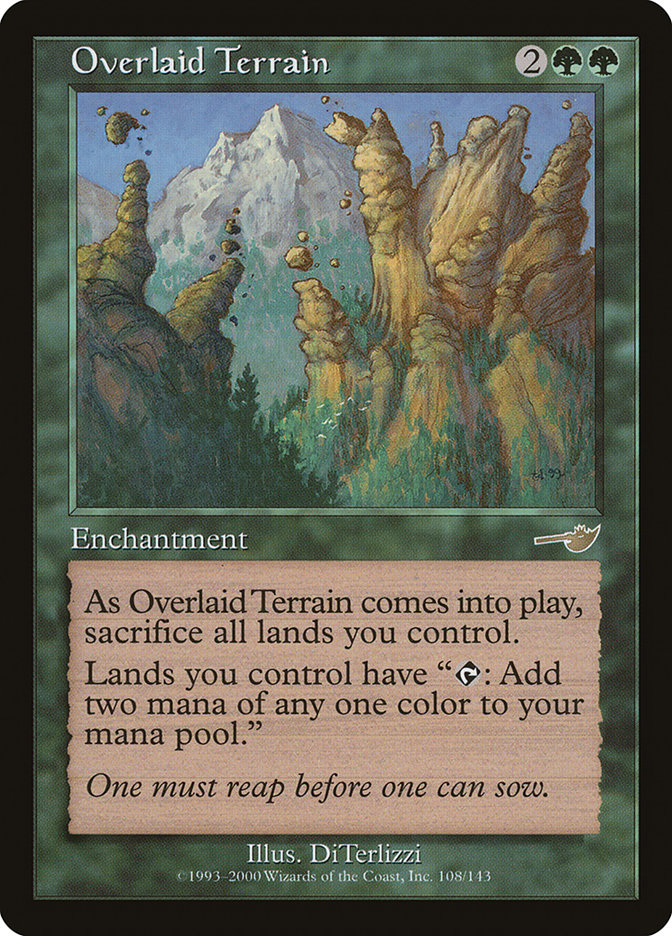
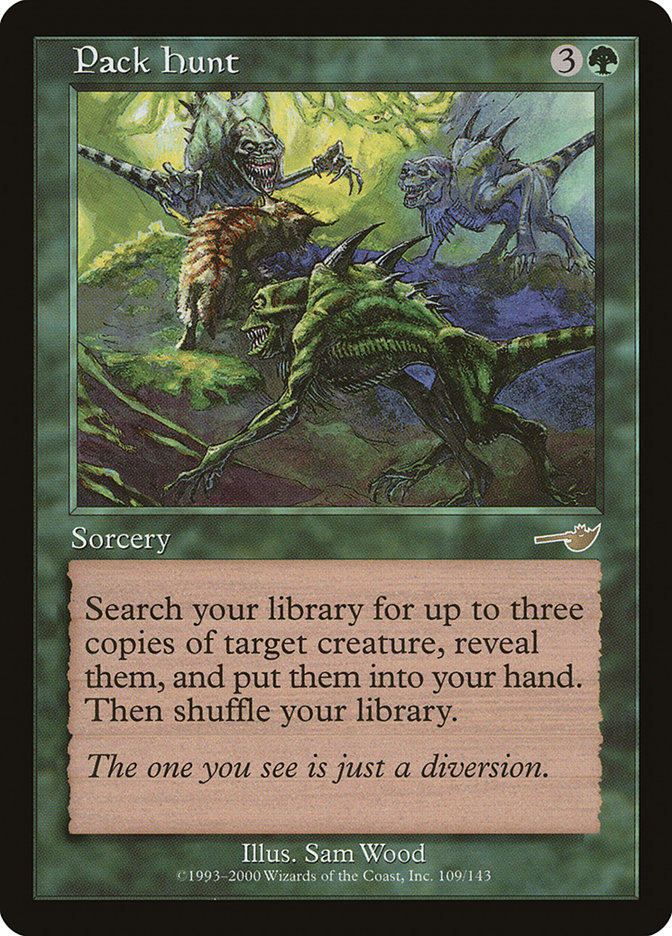

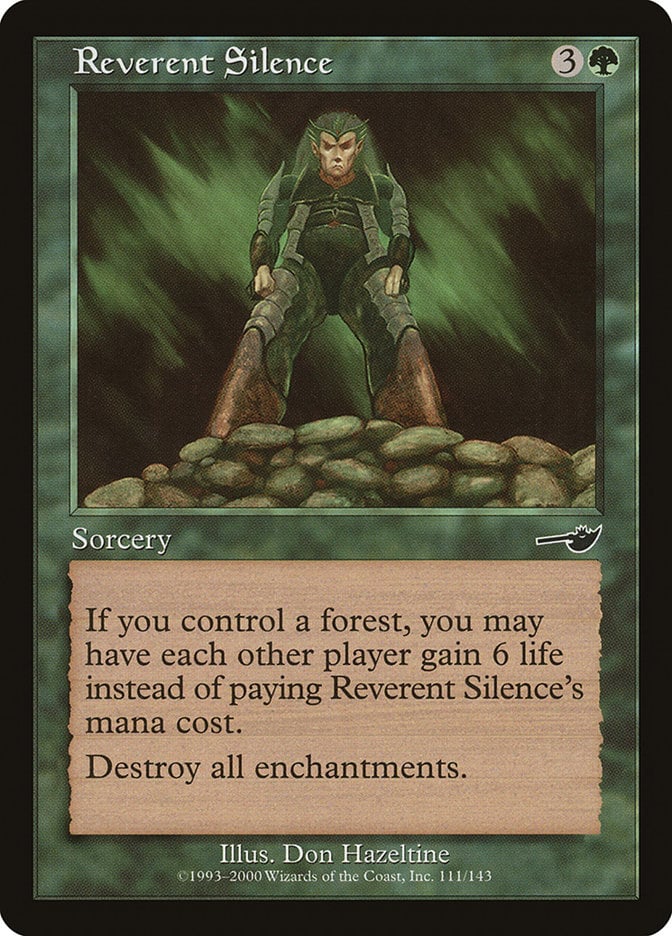

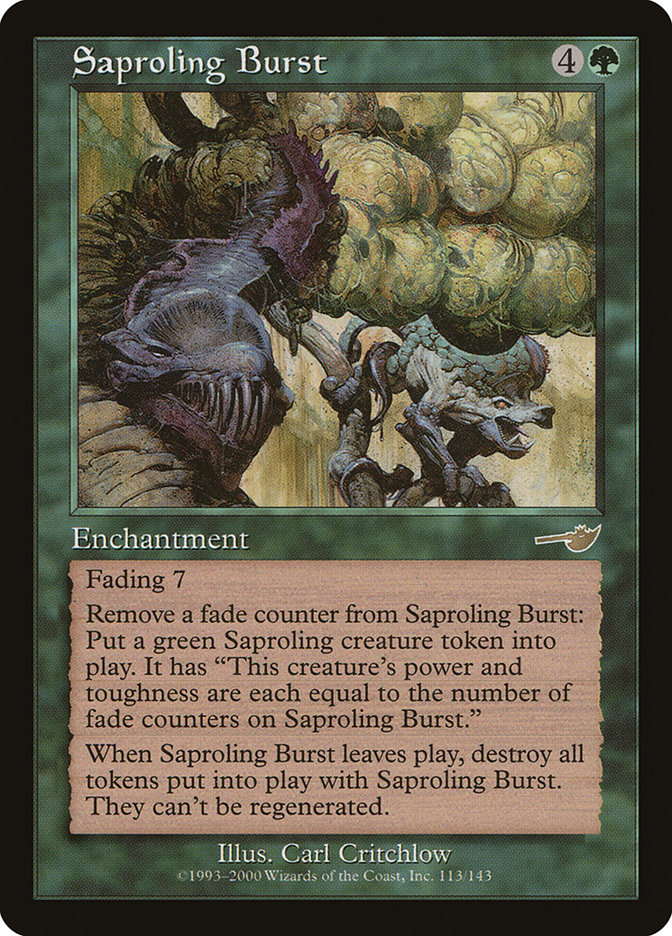



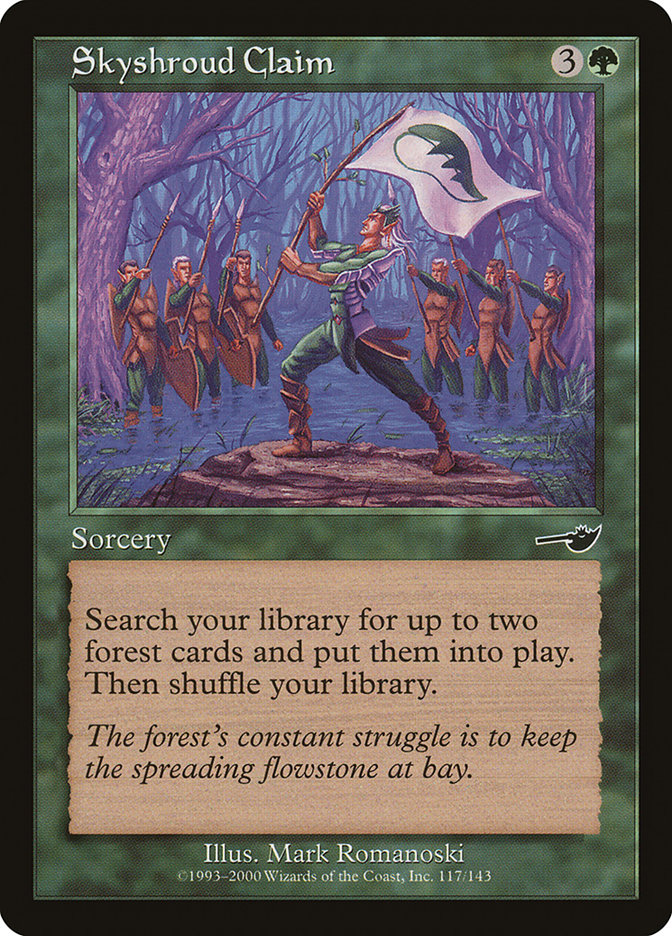

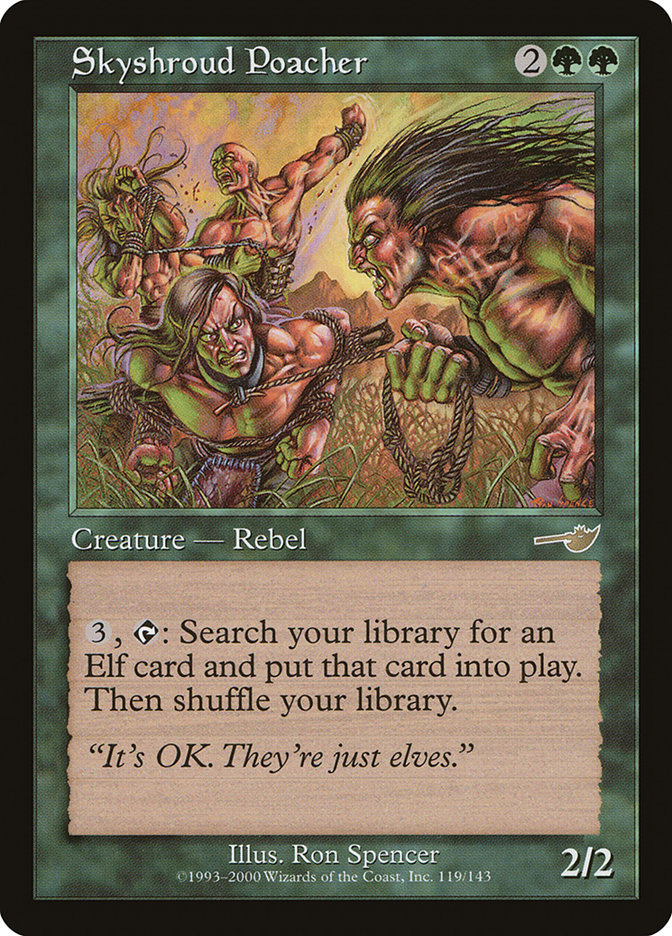
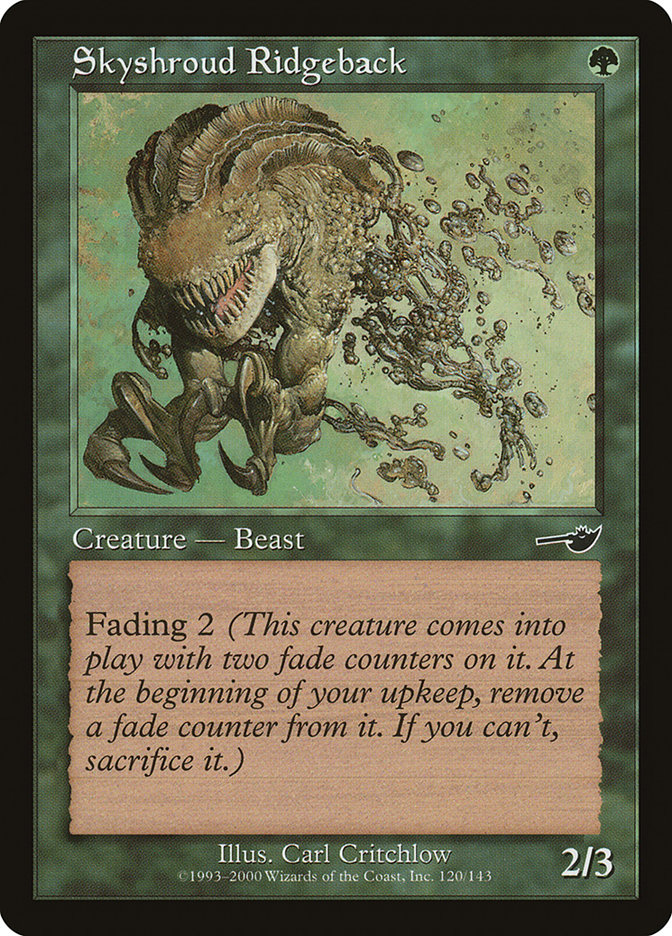
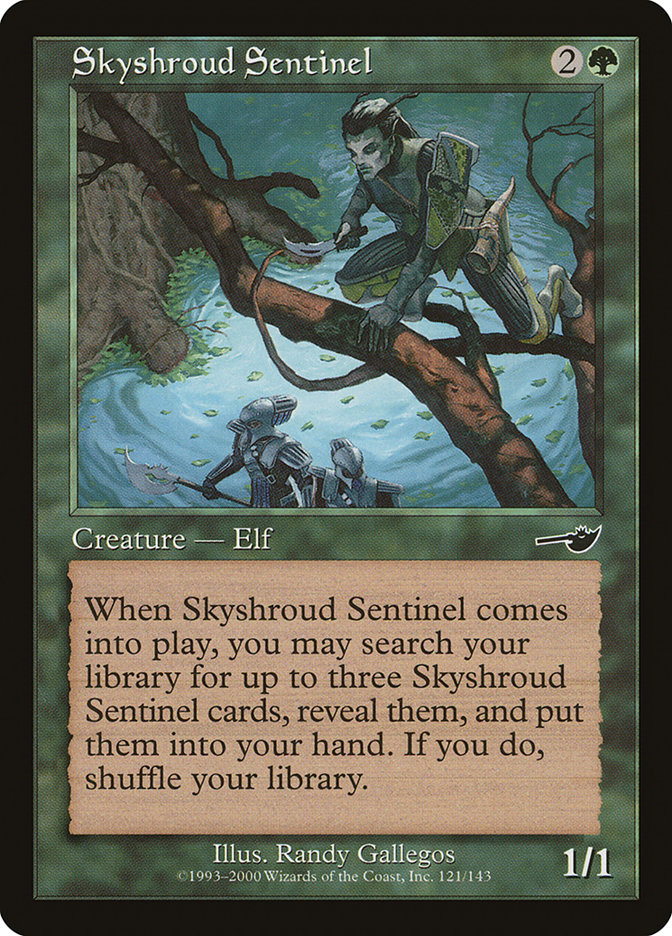
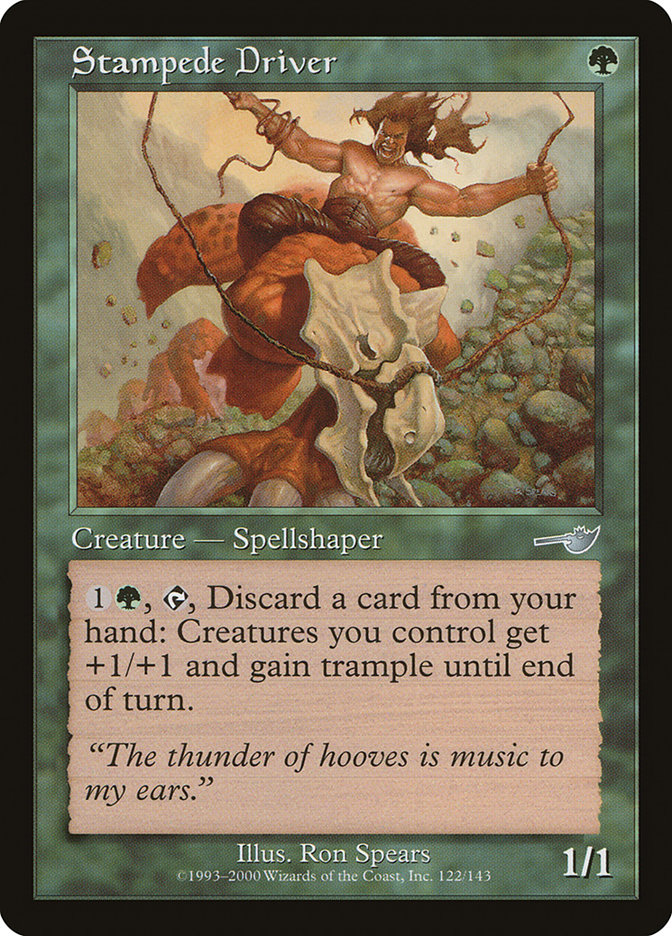

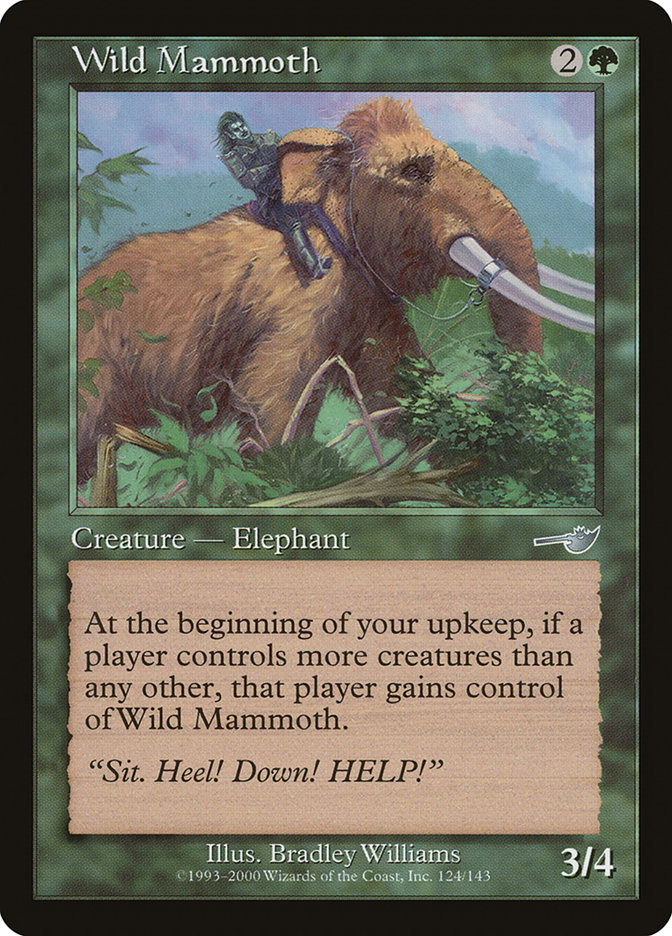
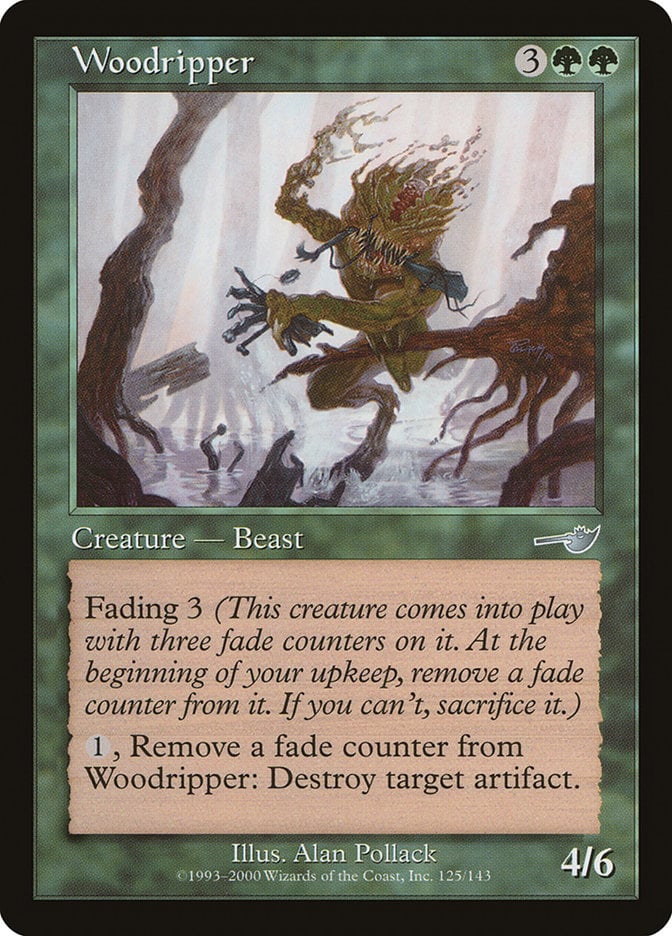
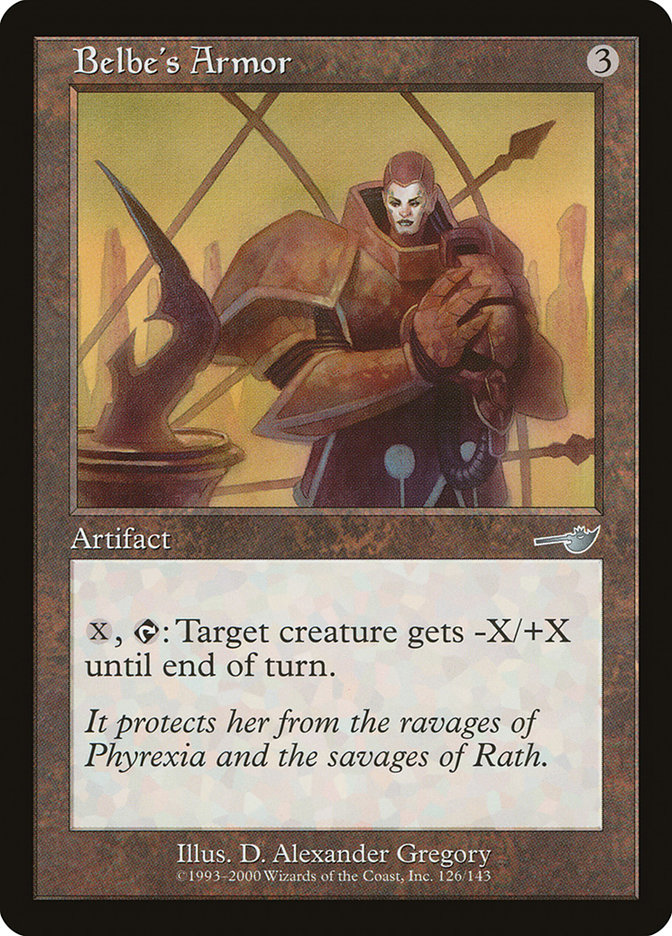
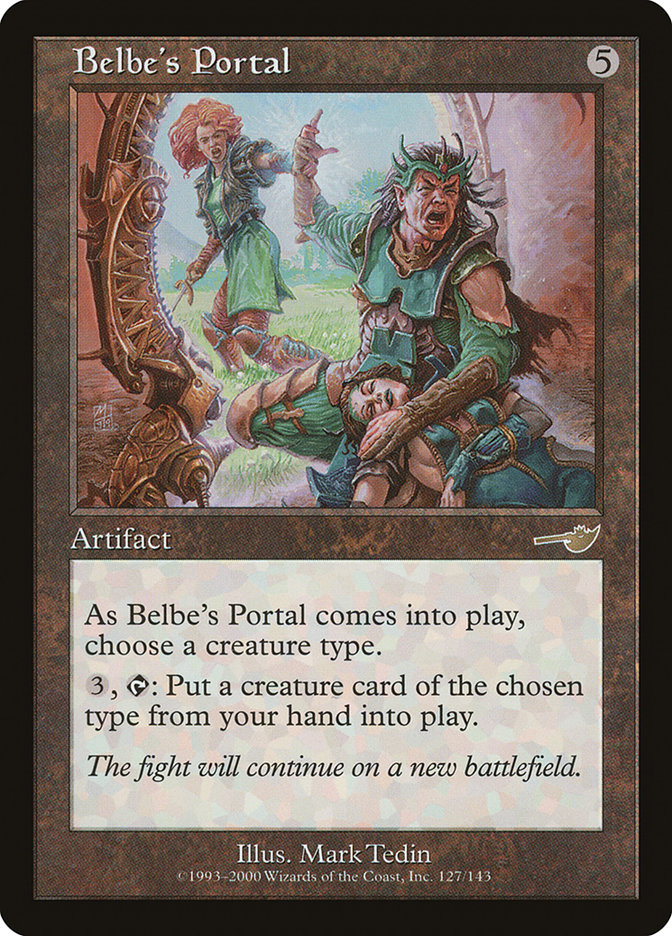


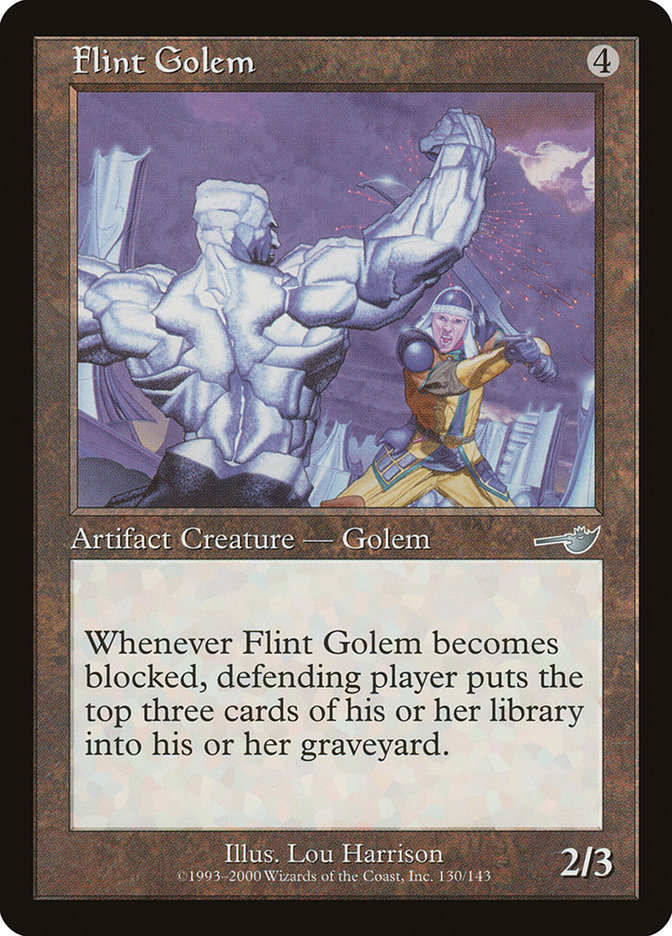
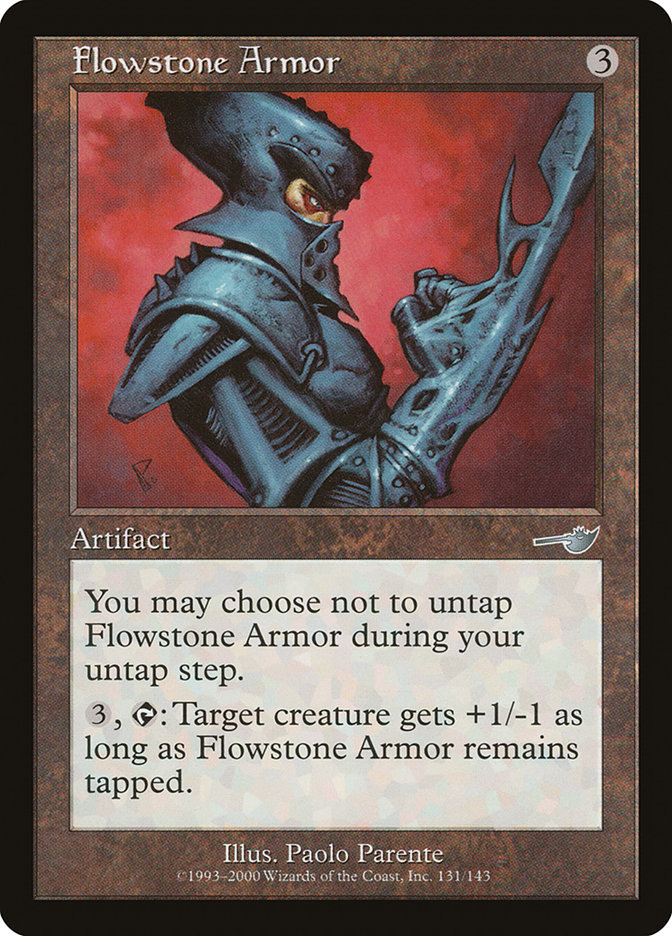
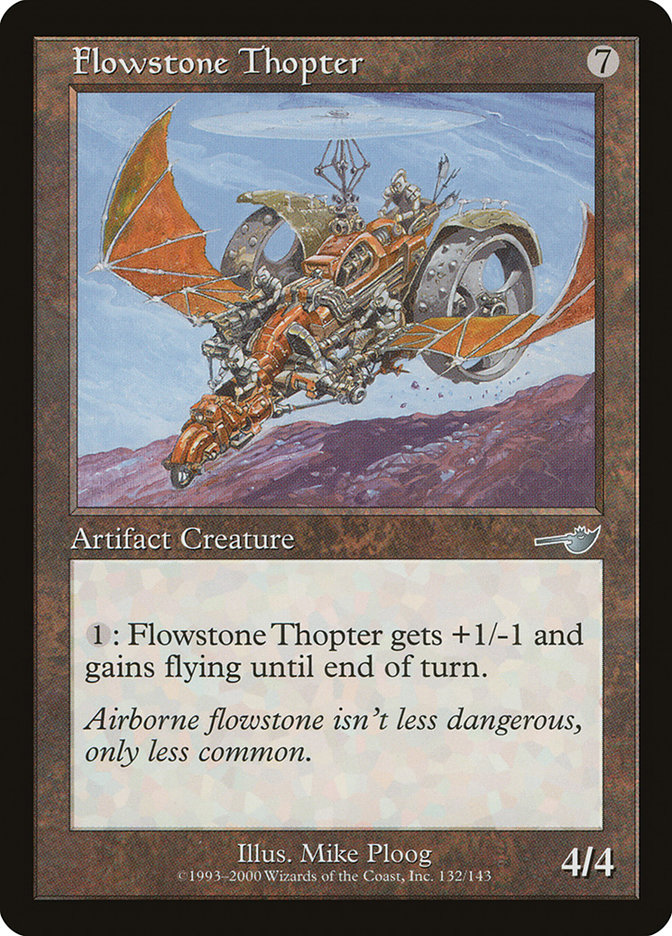

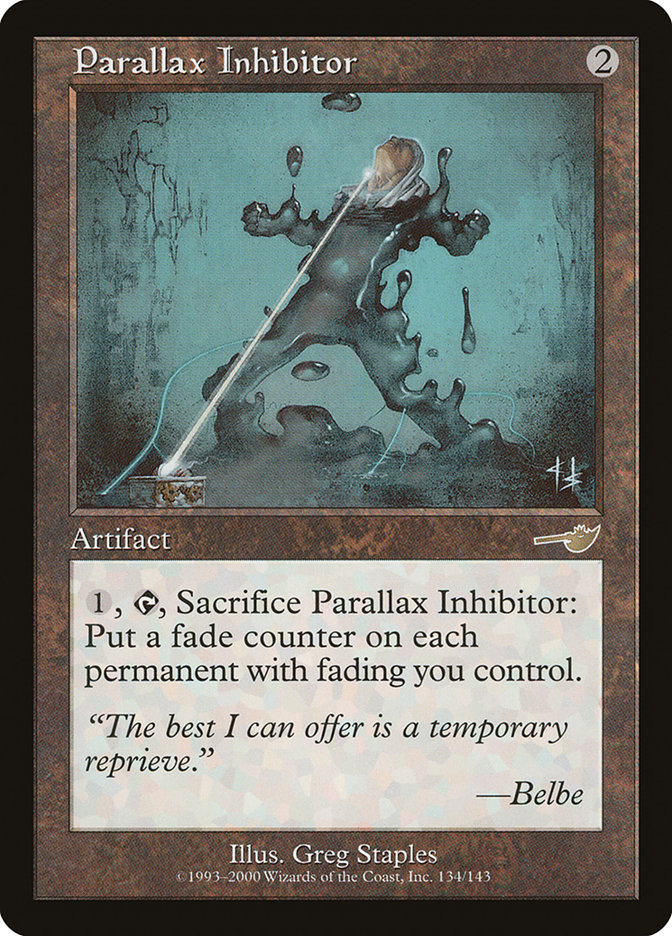




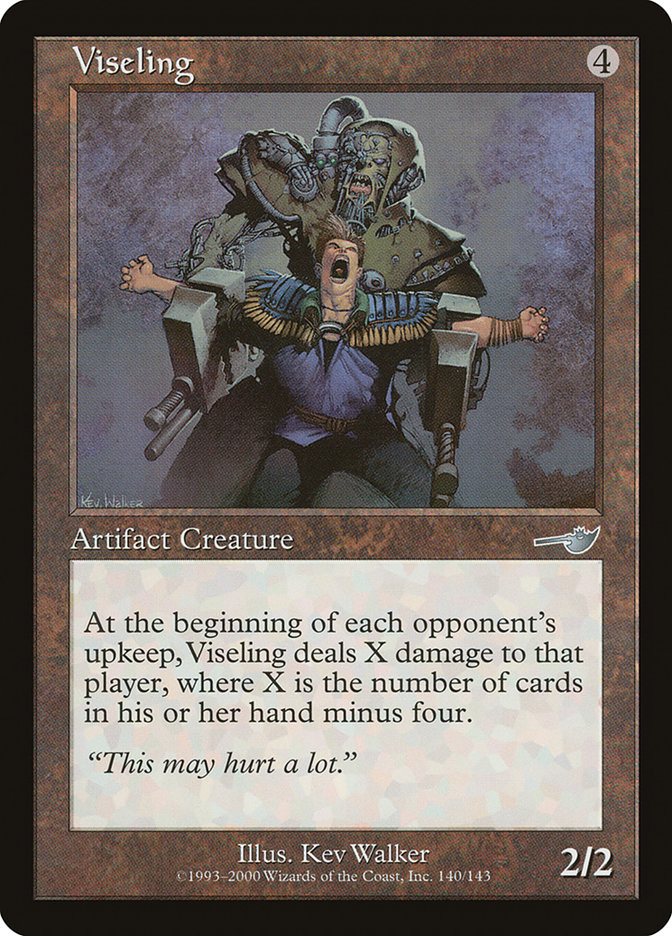



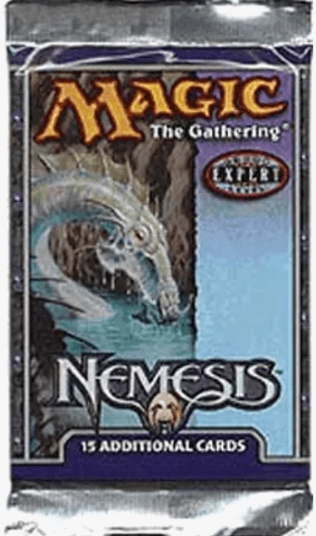


Add Comment